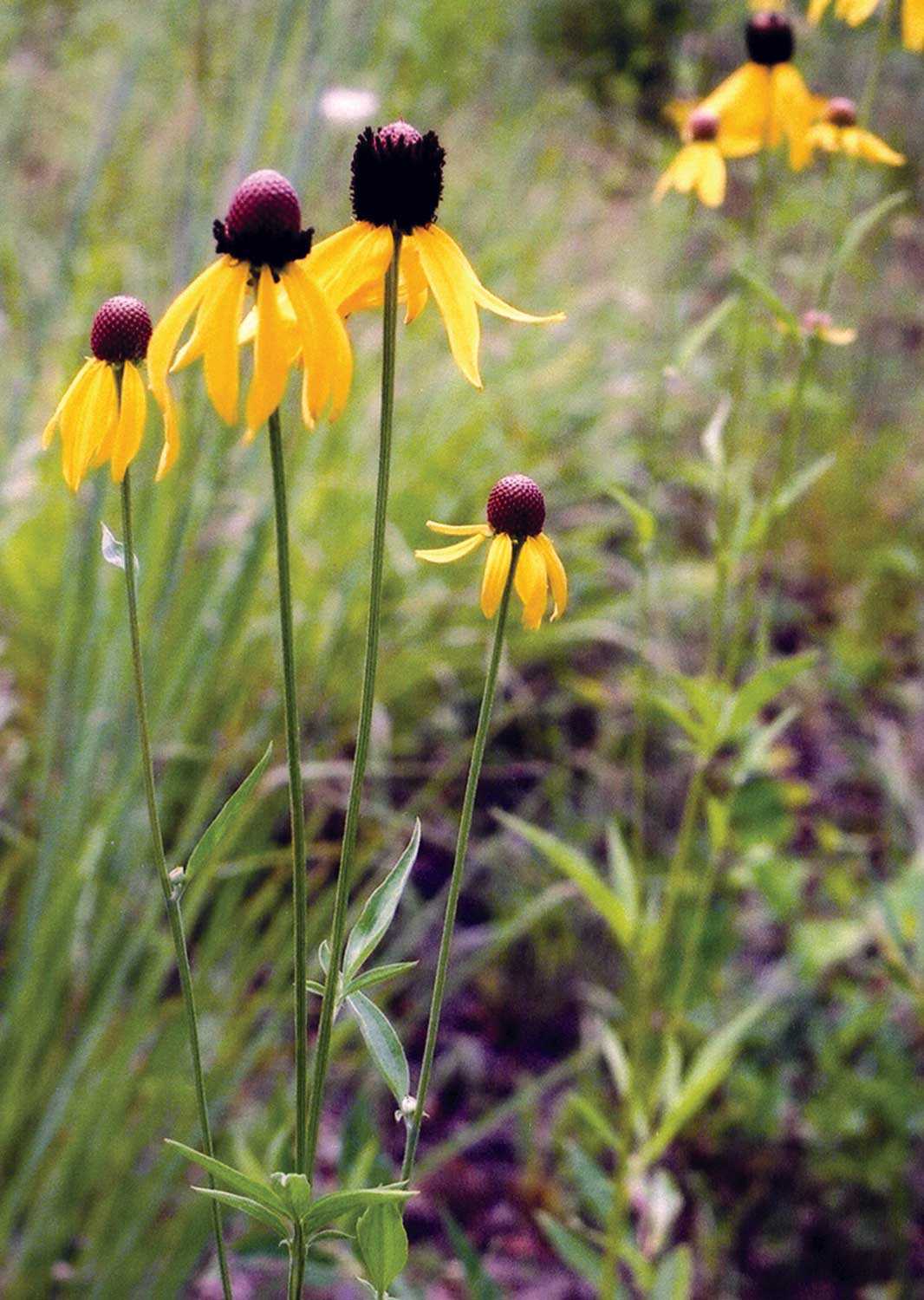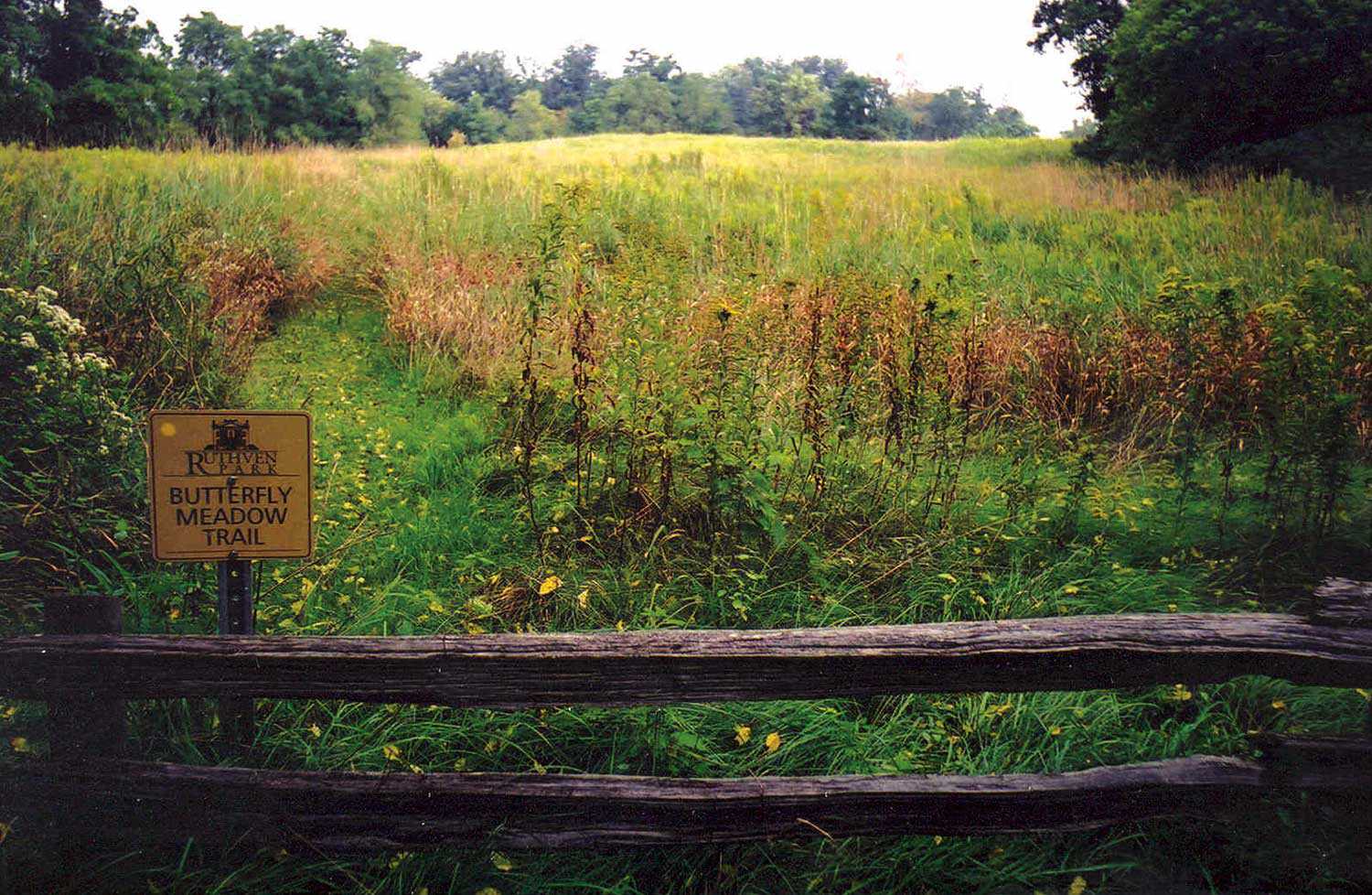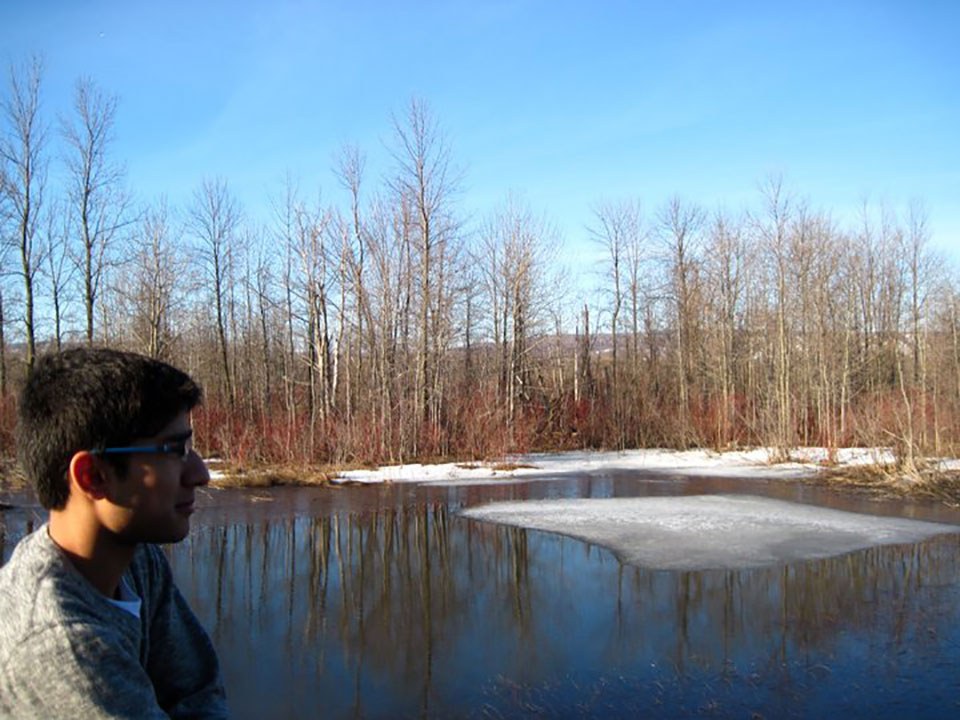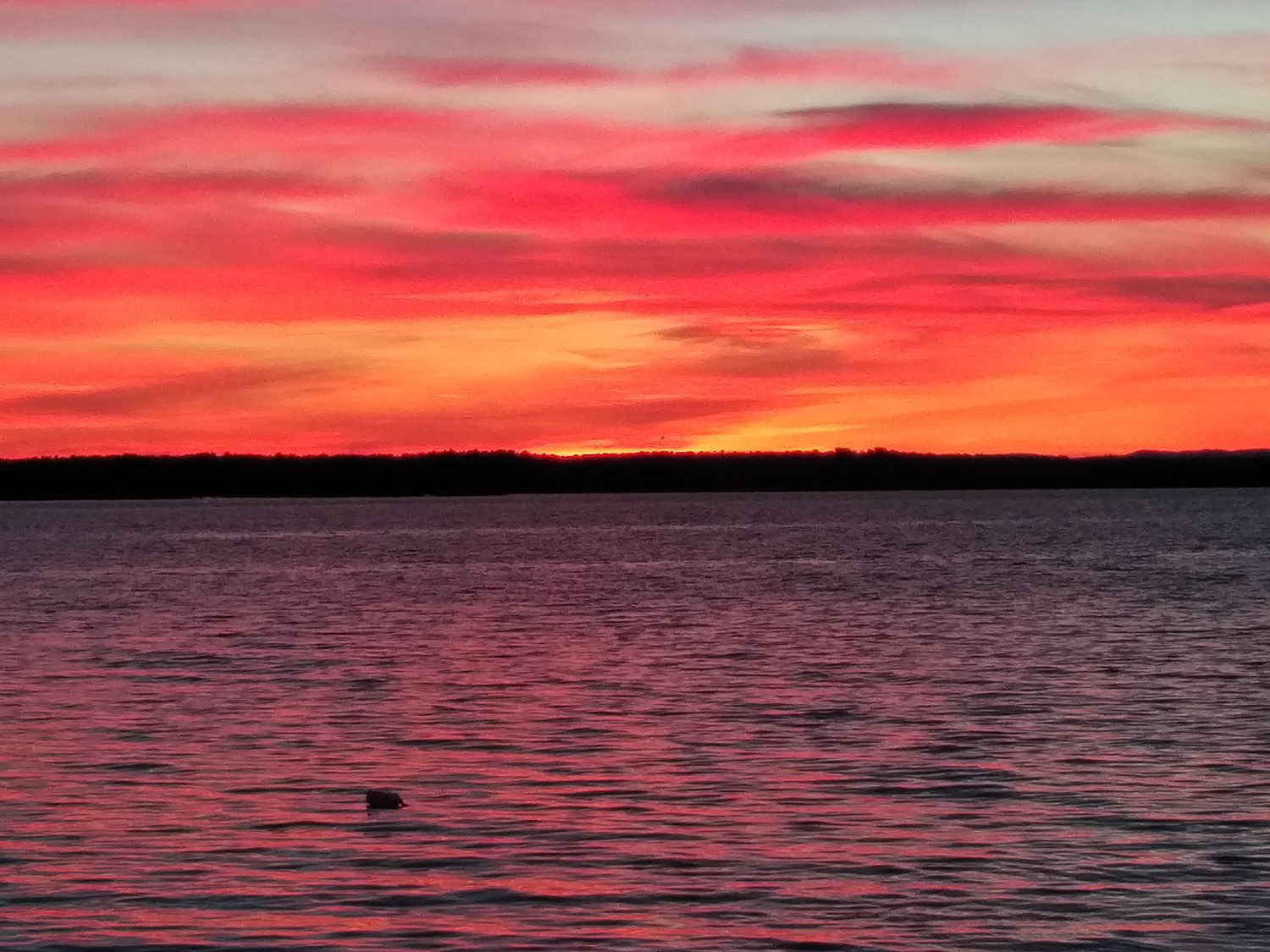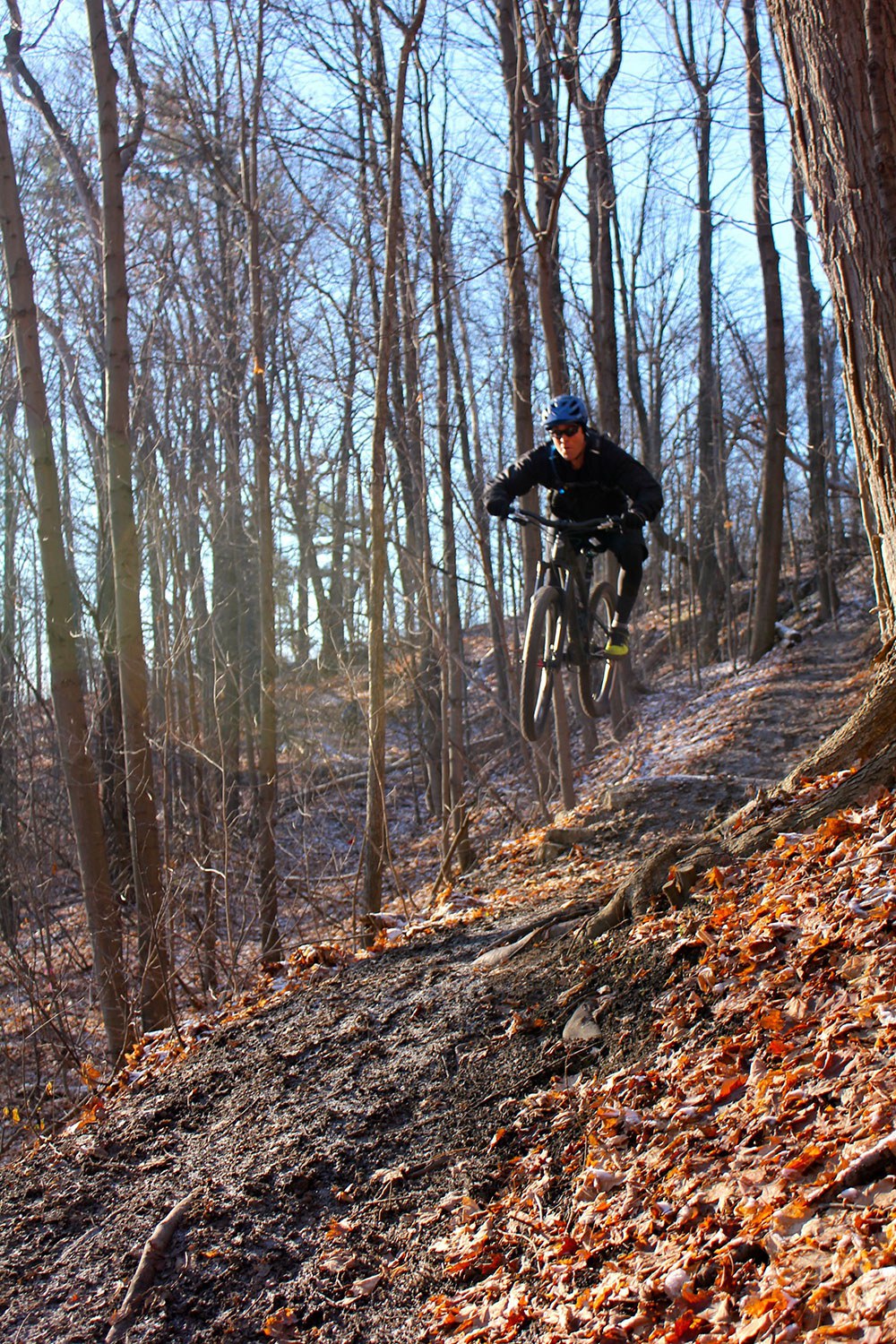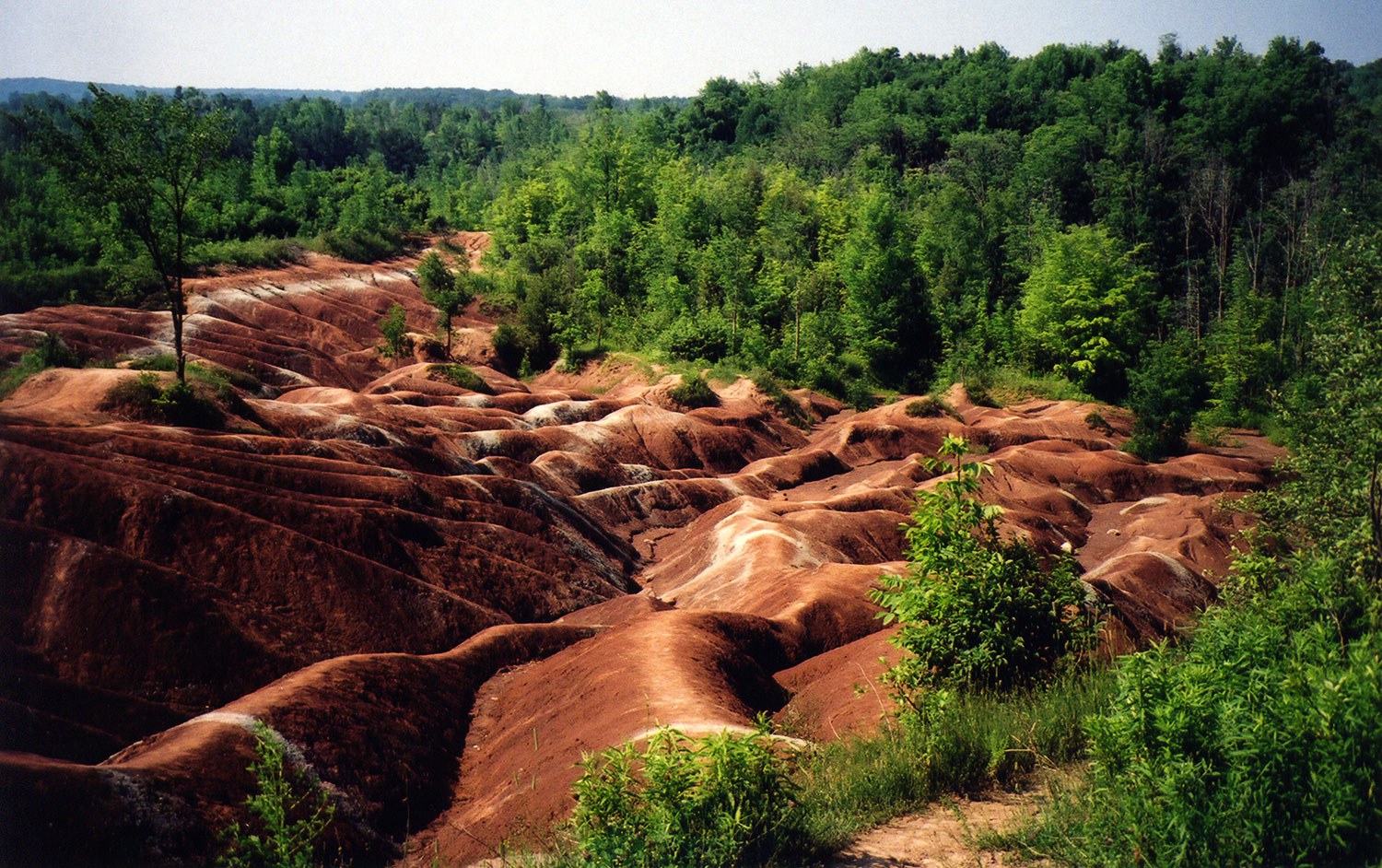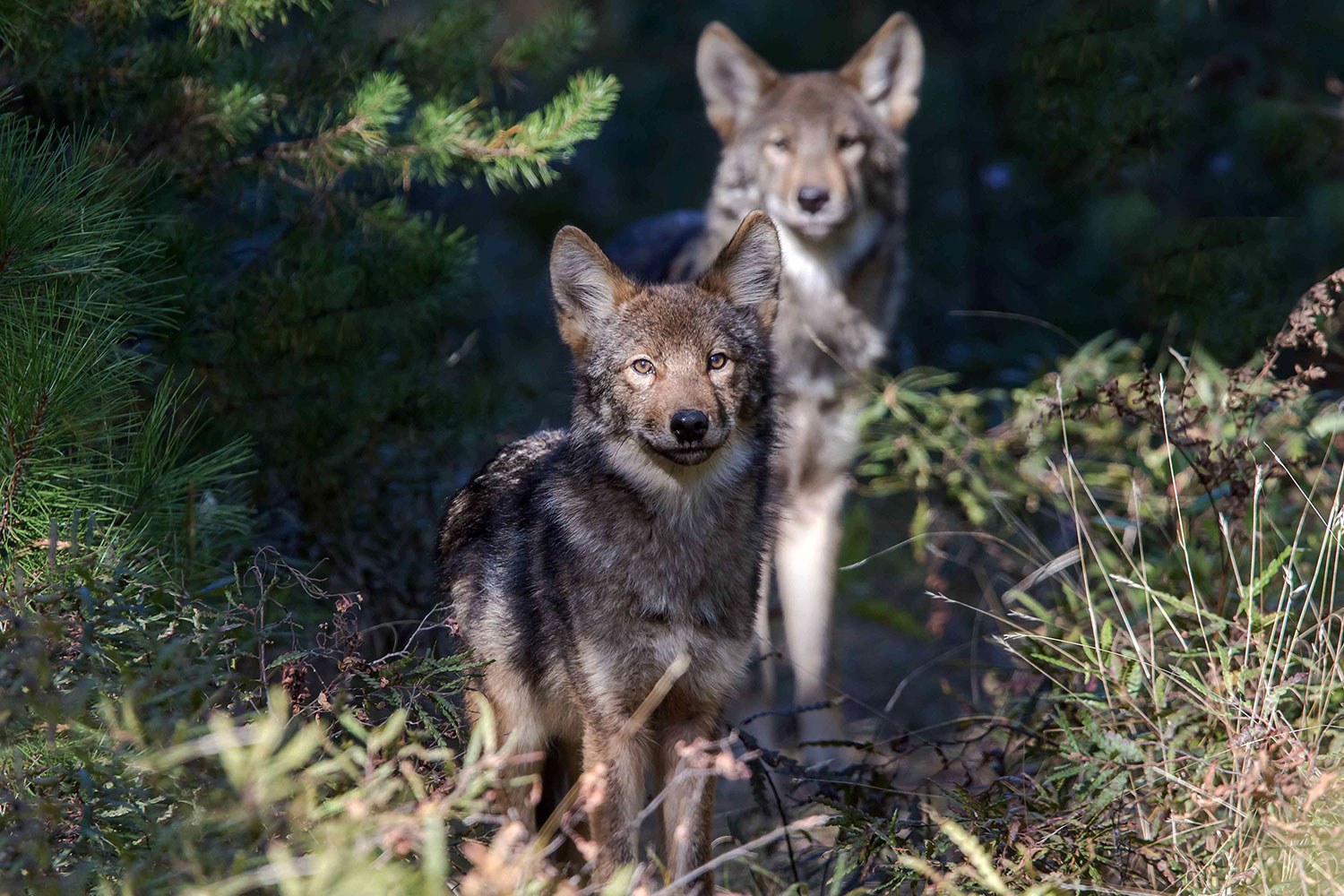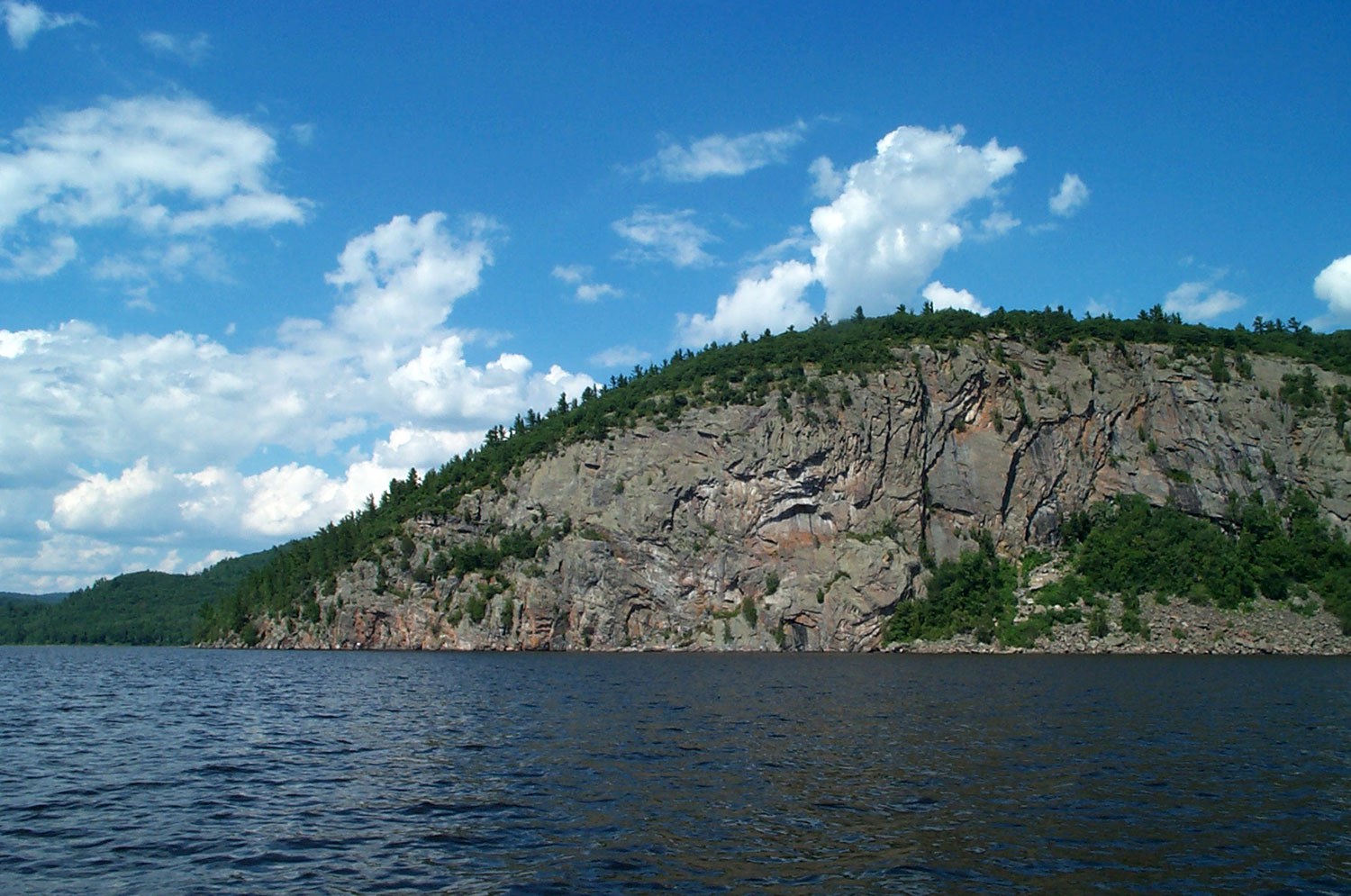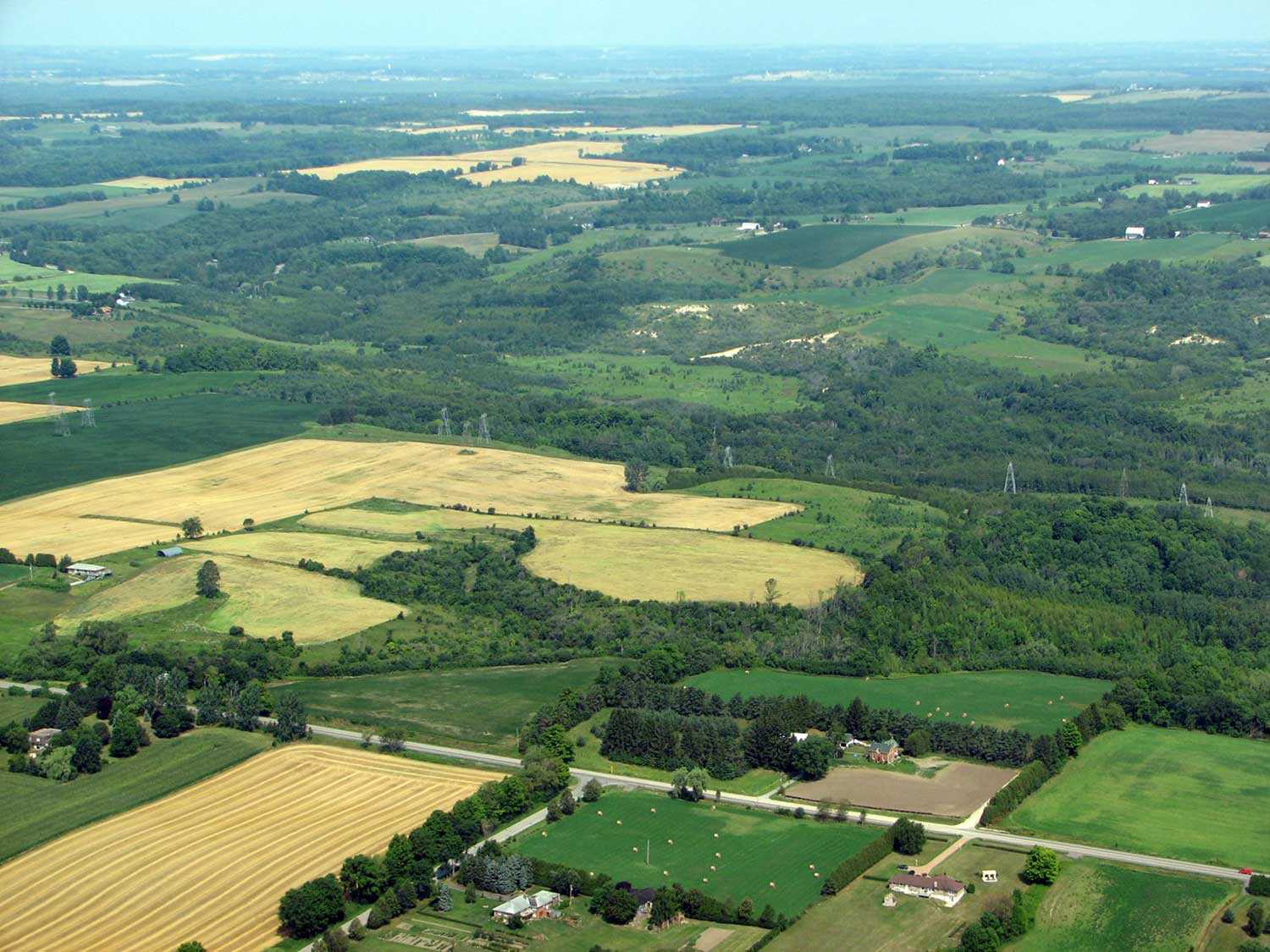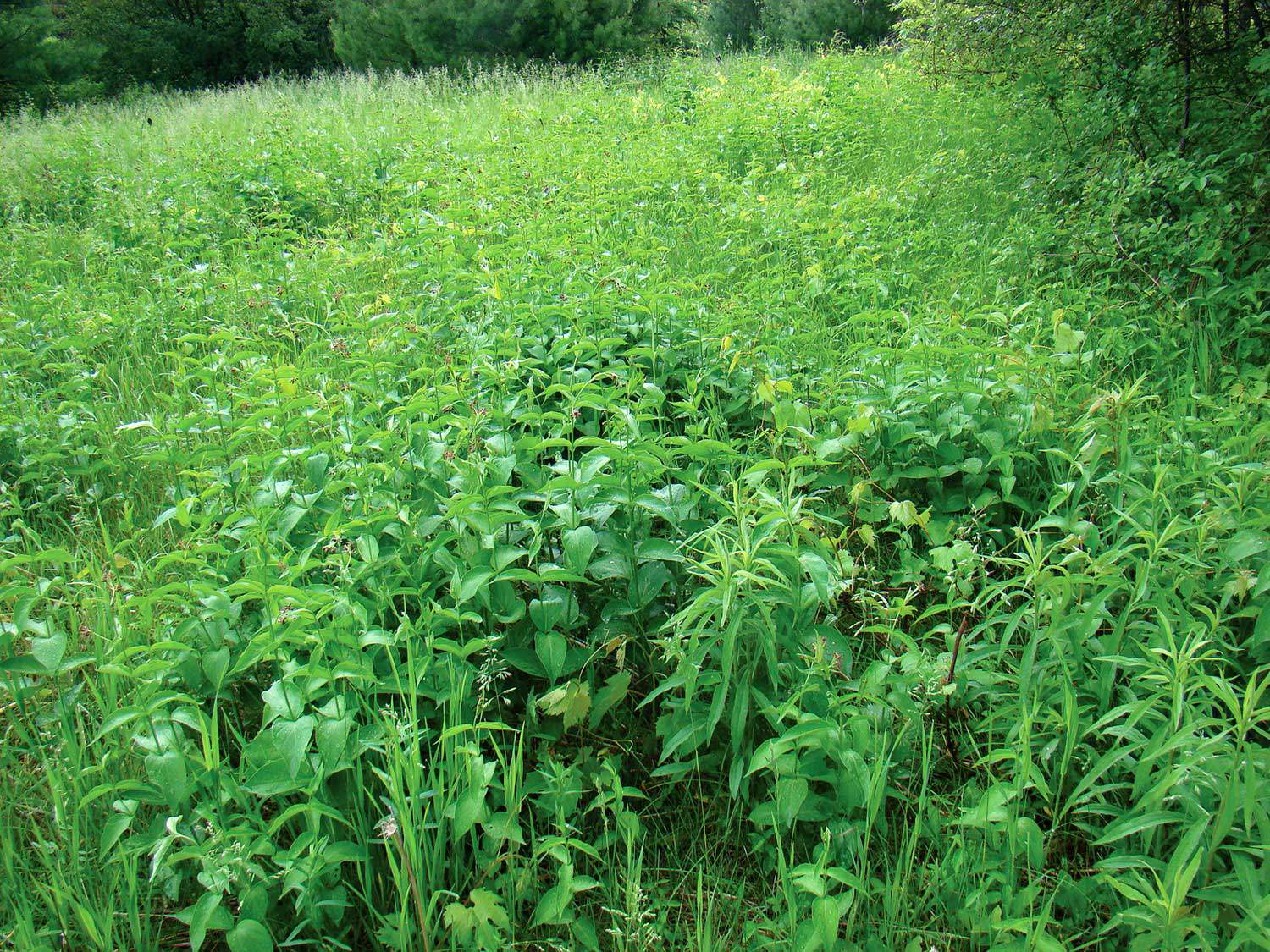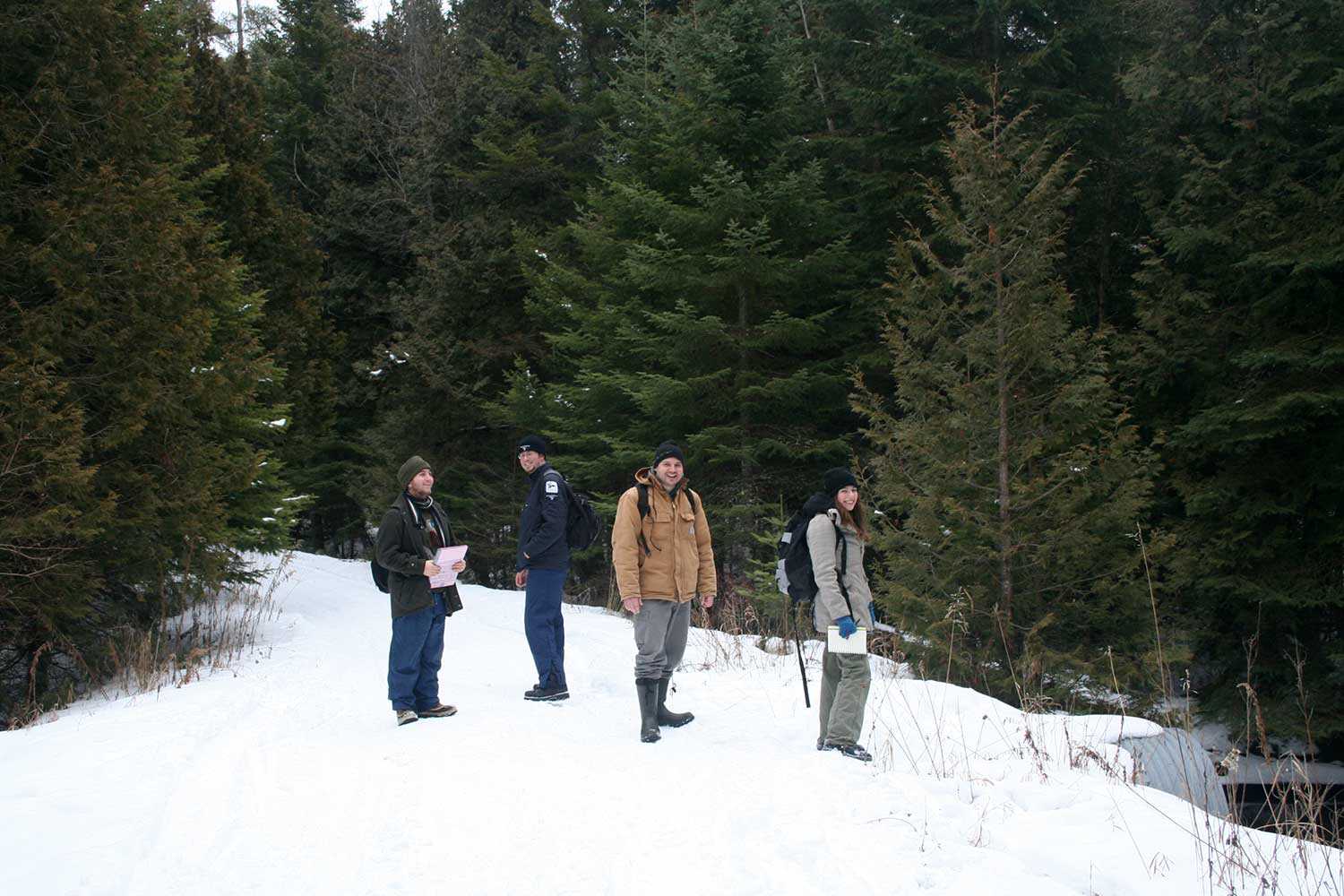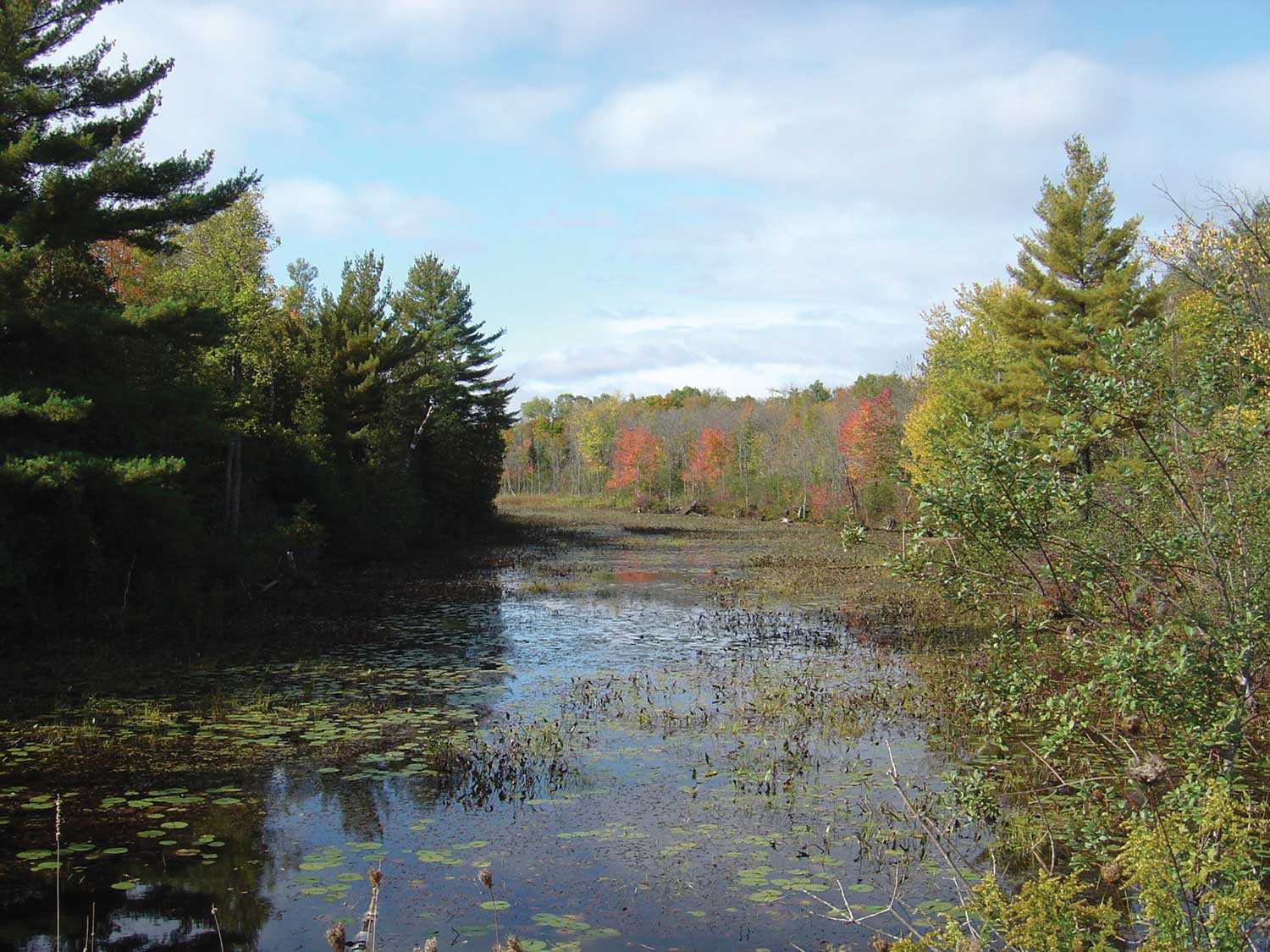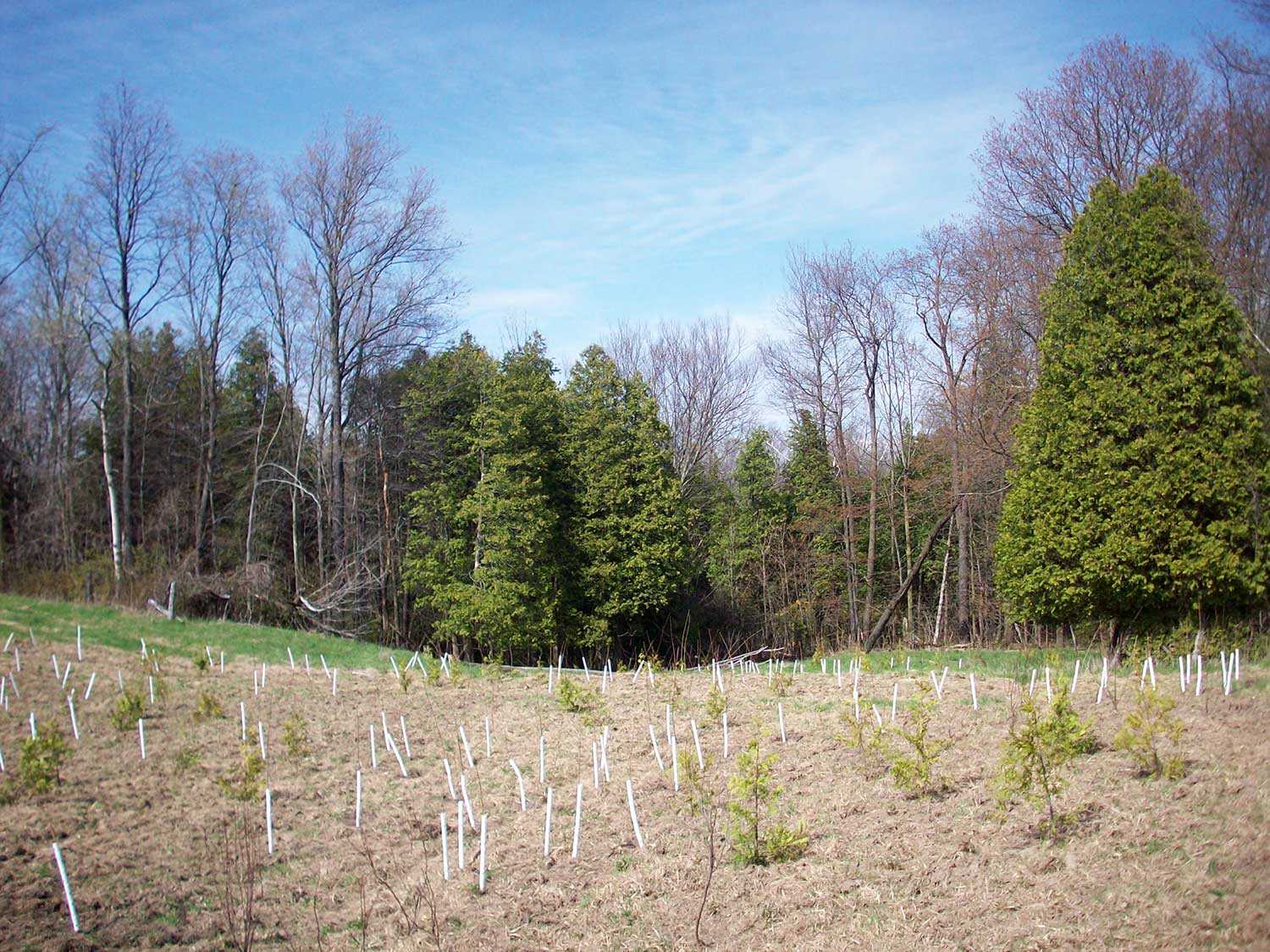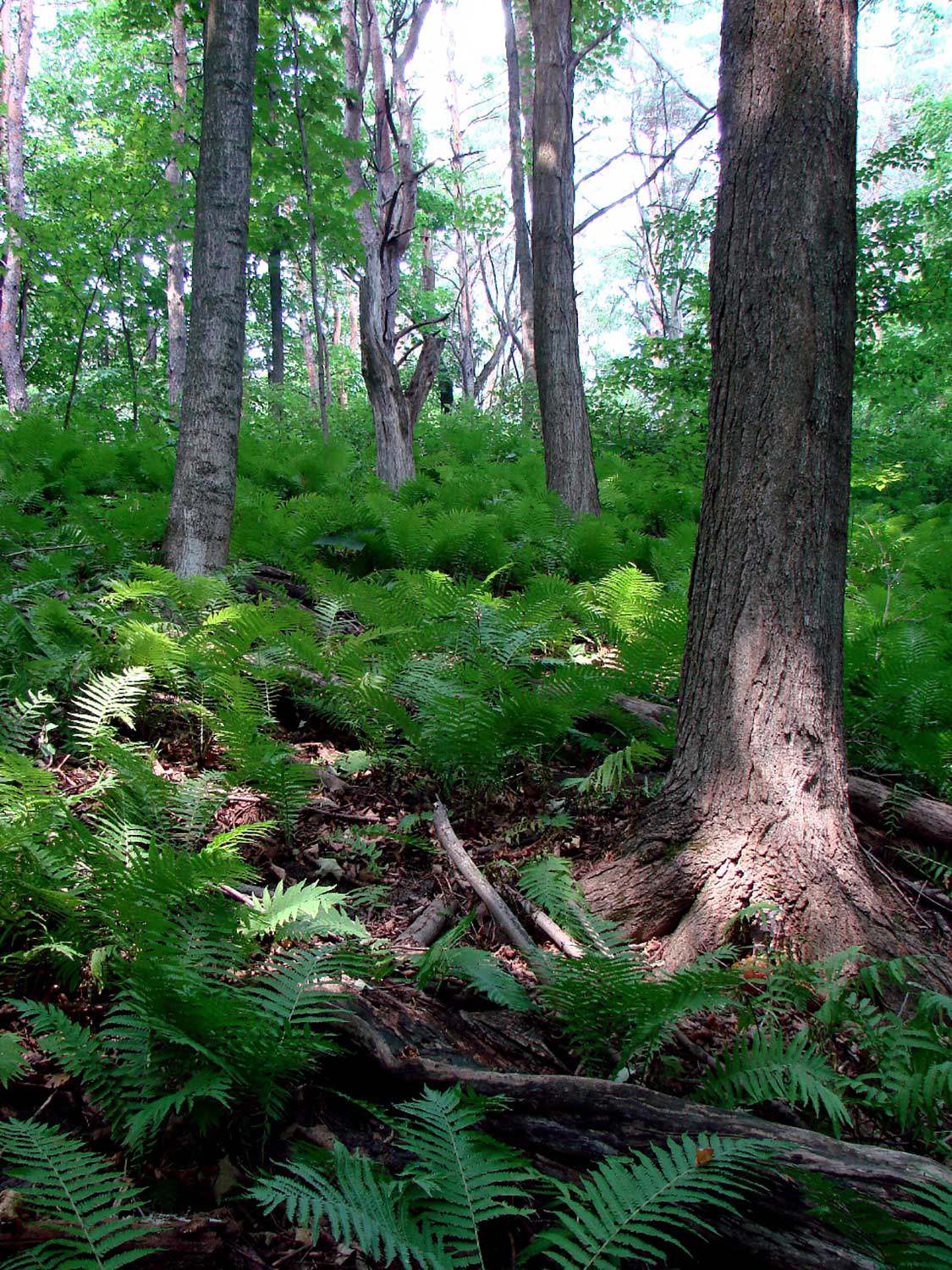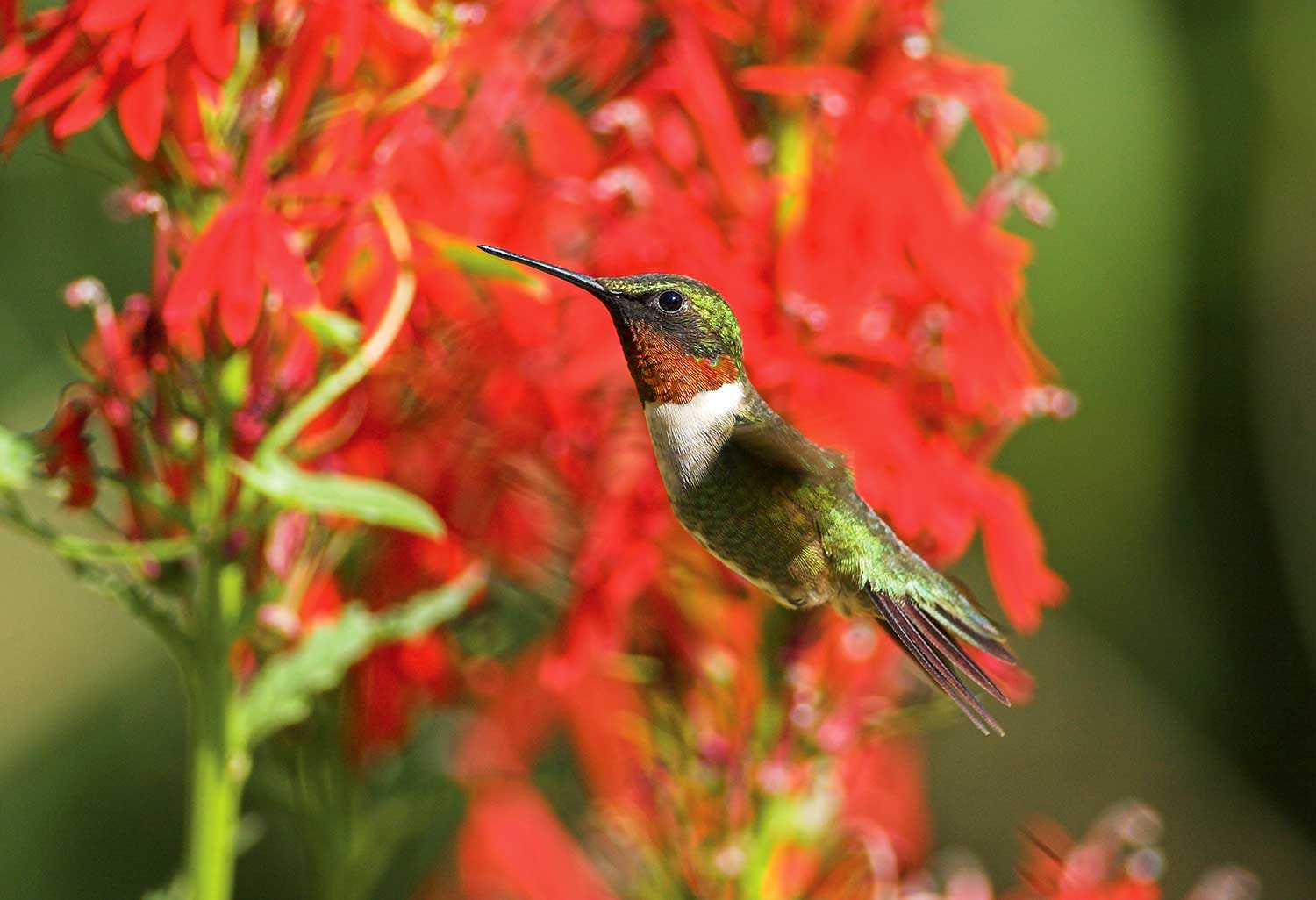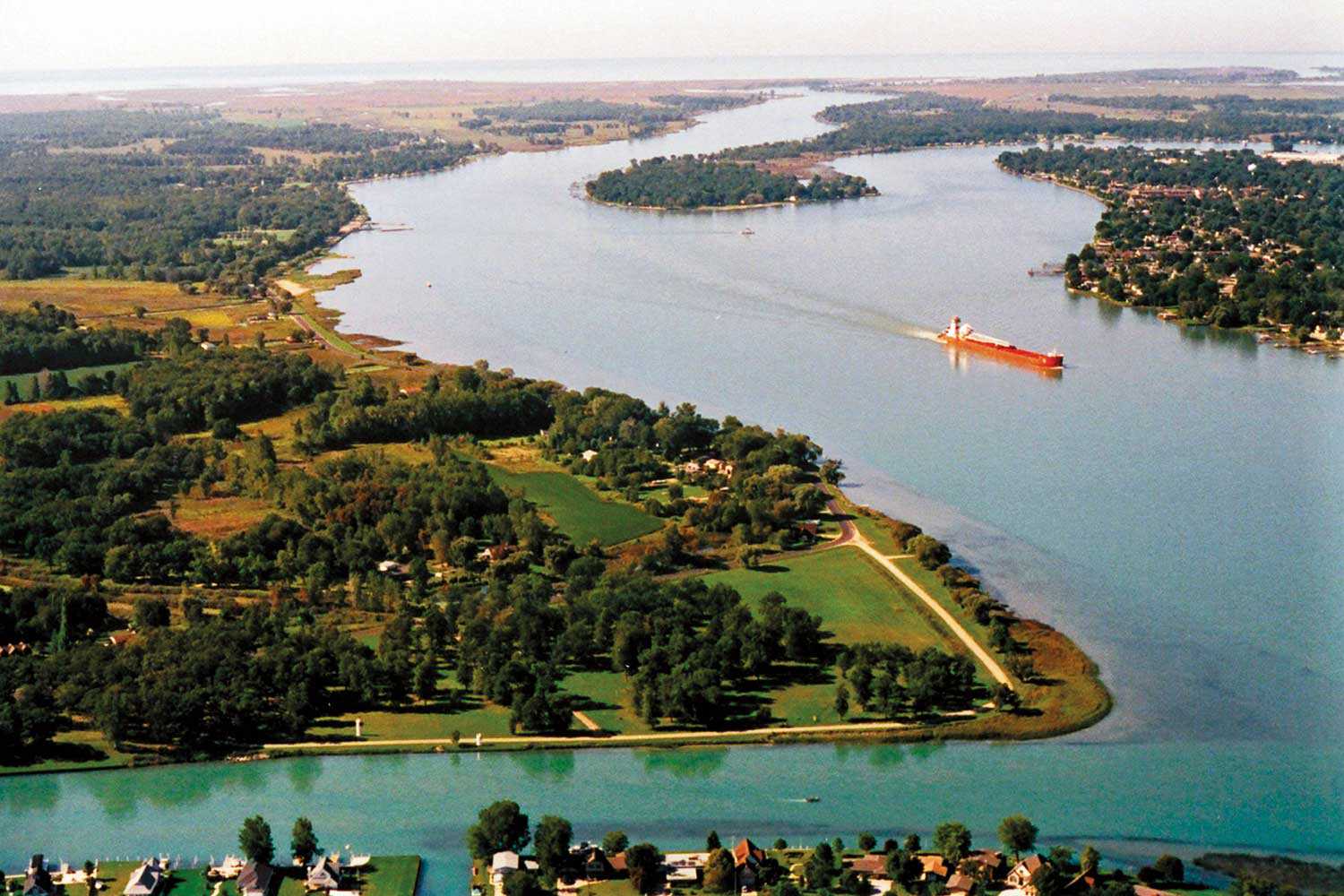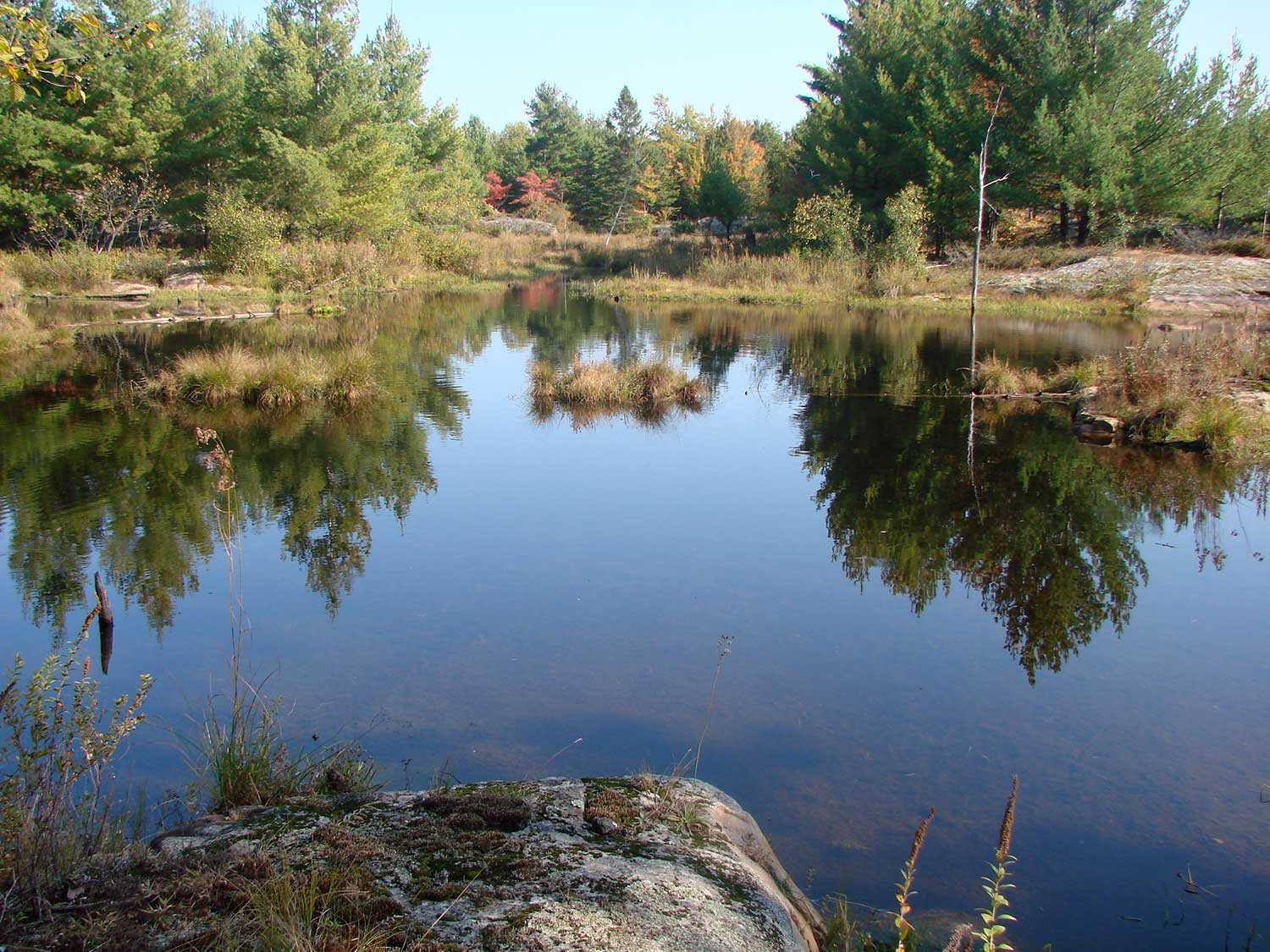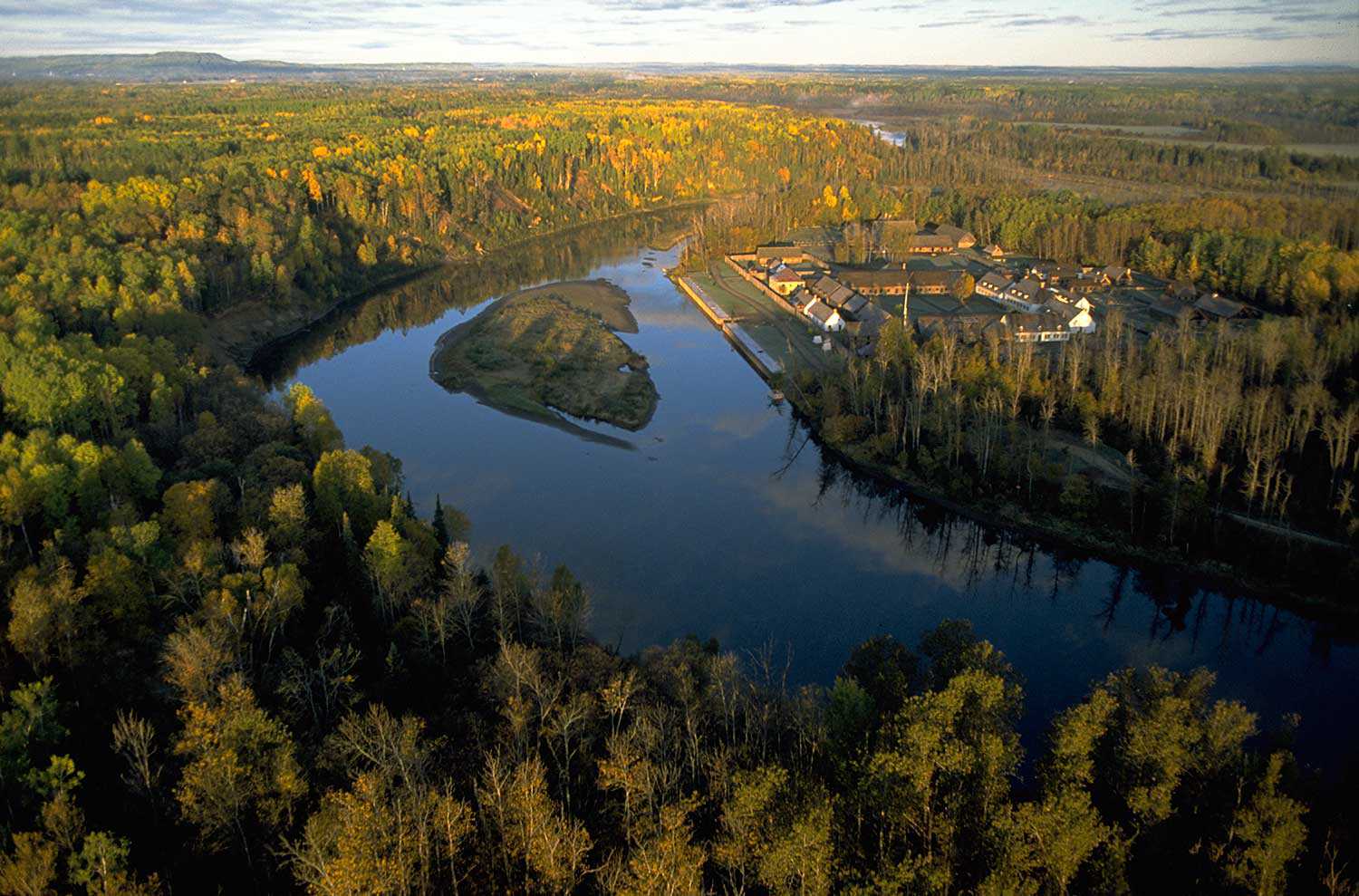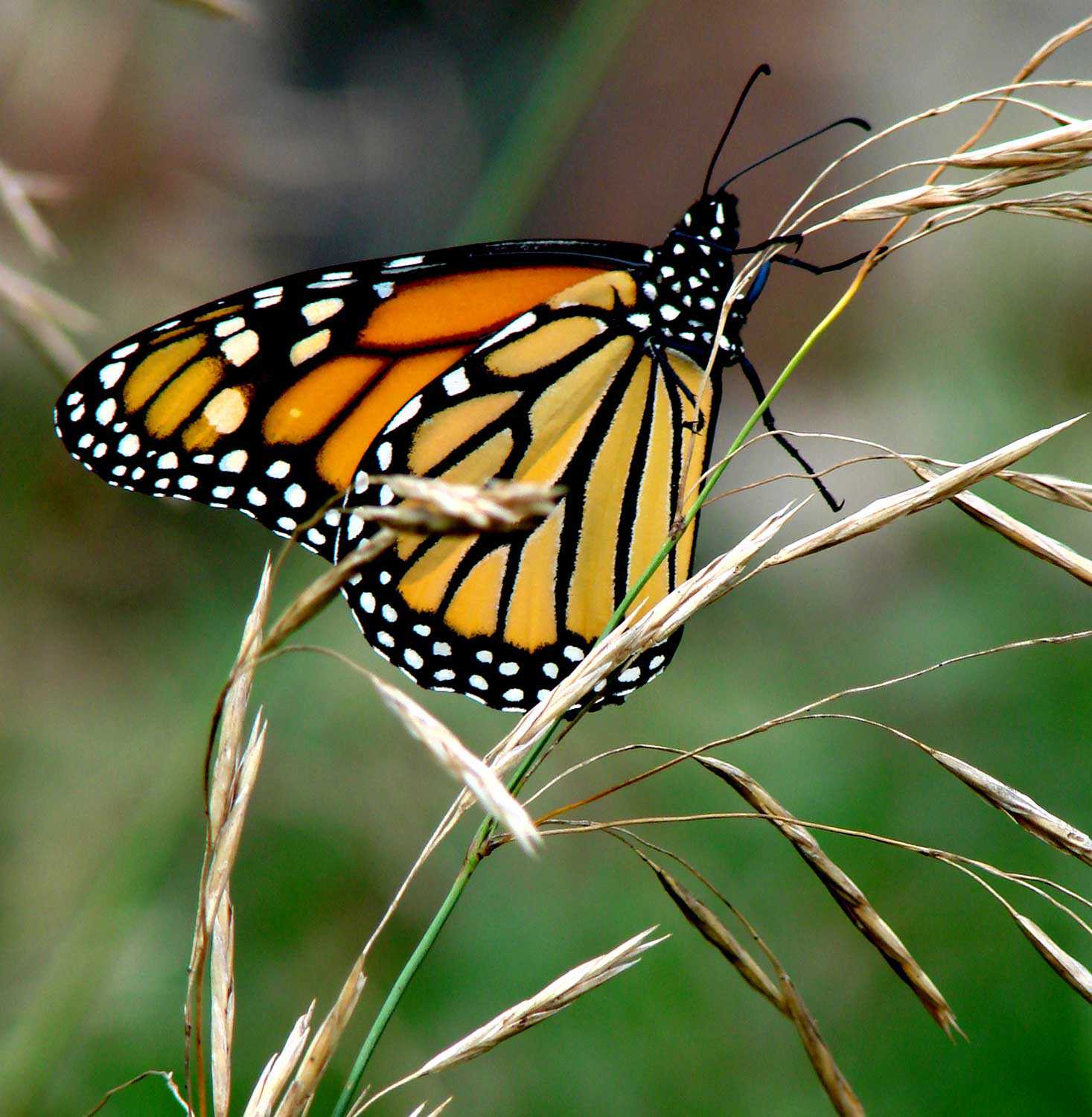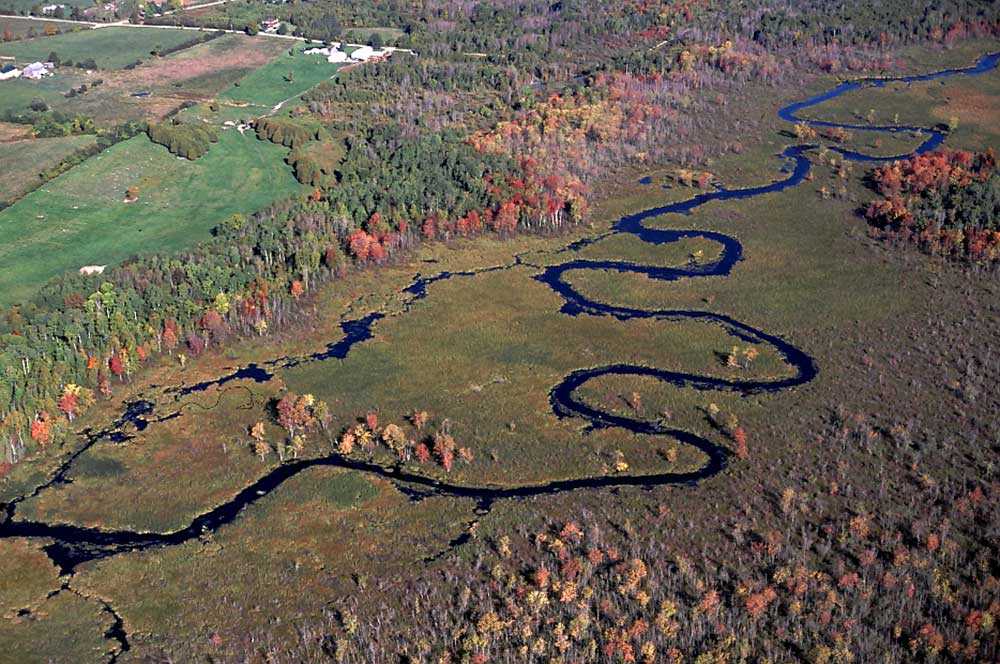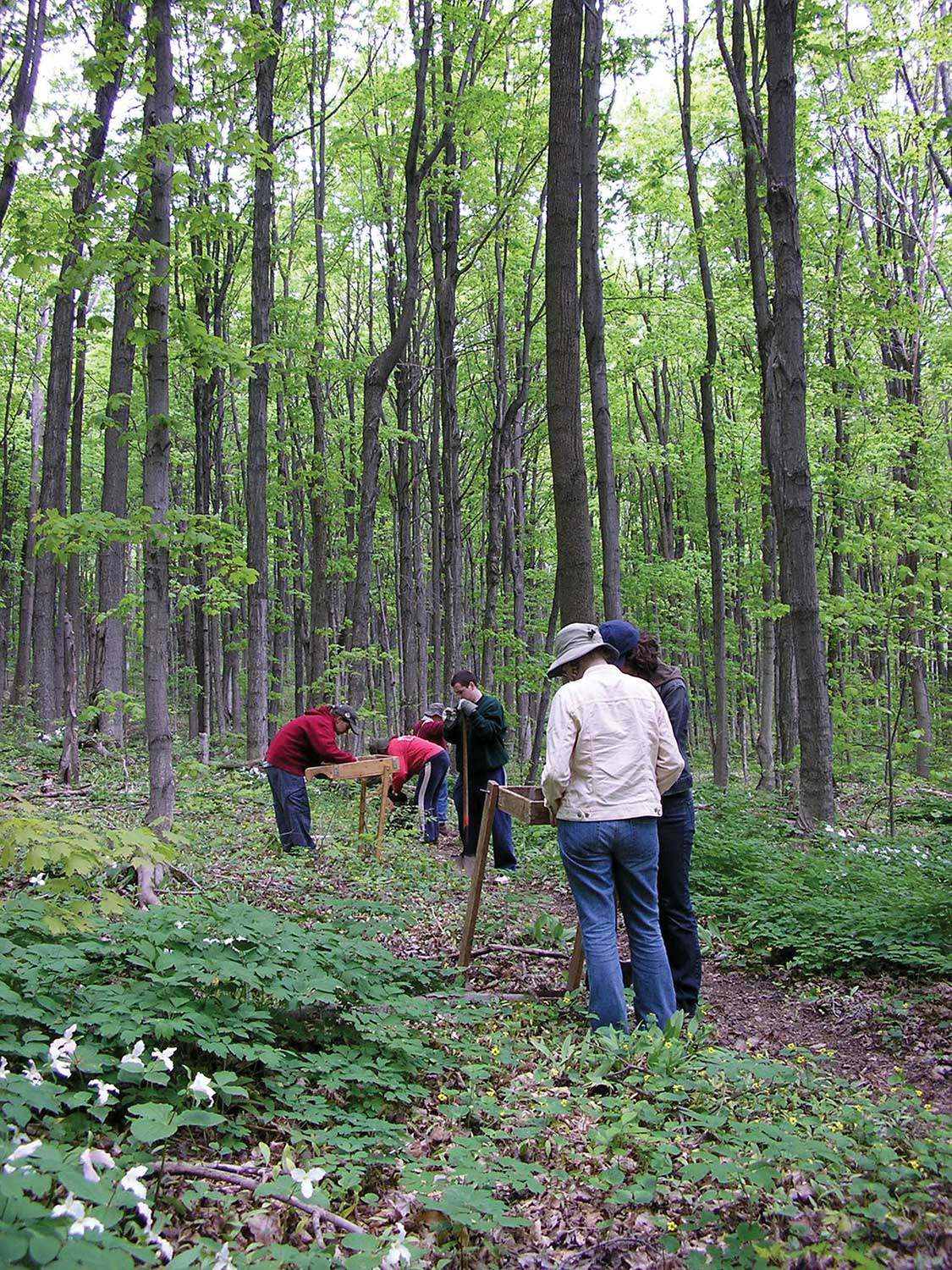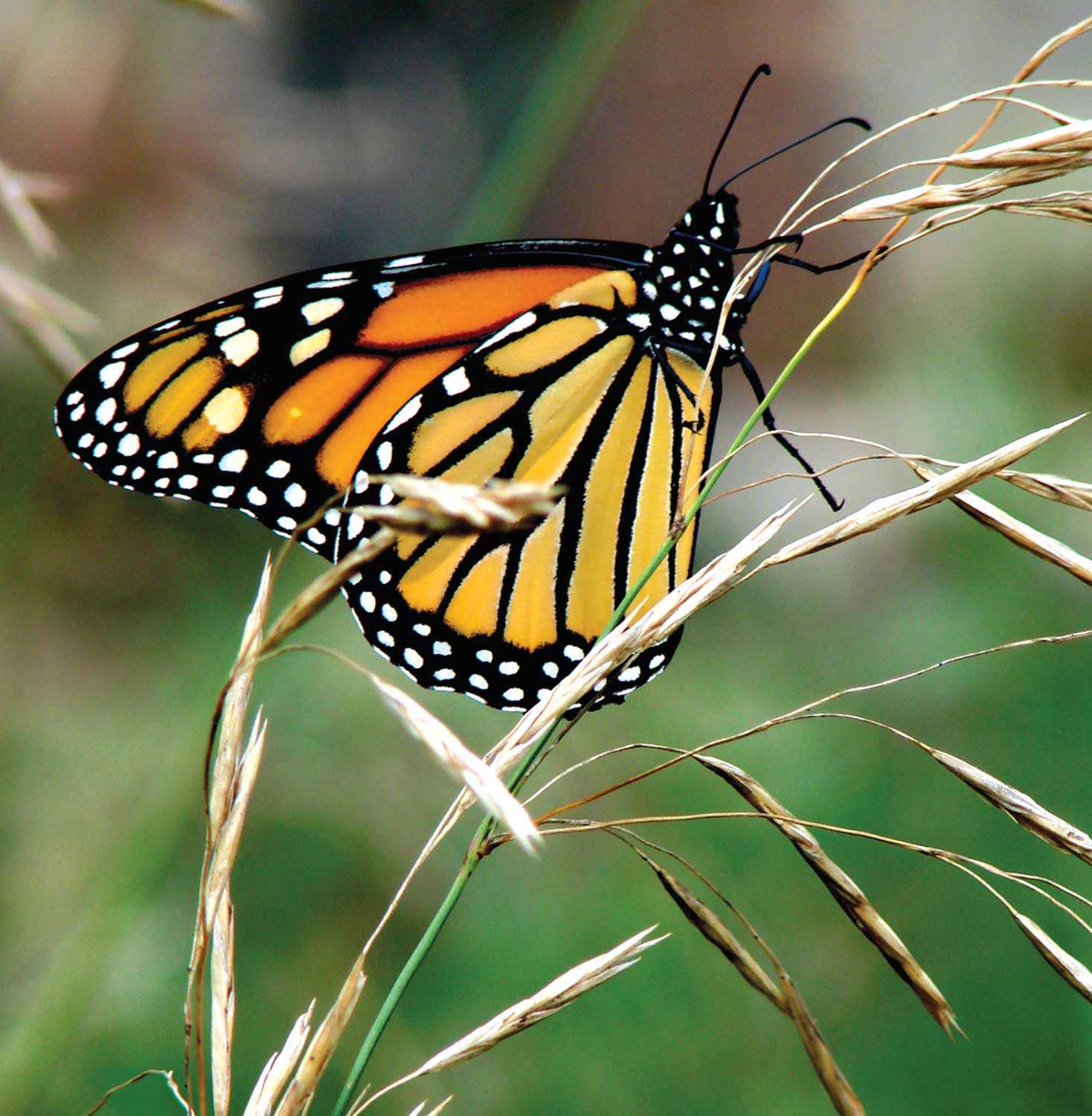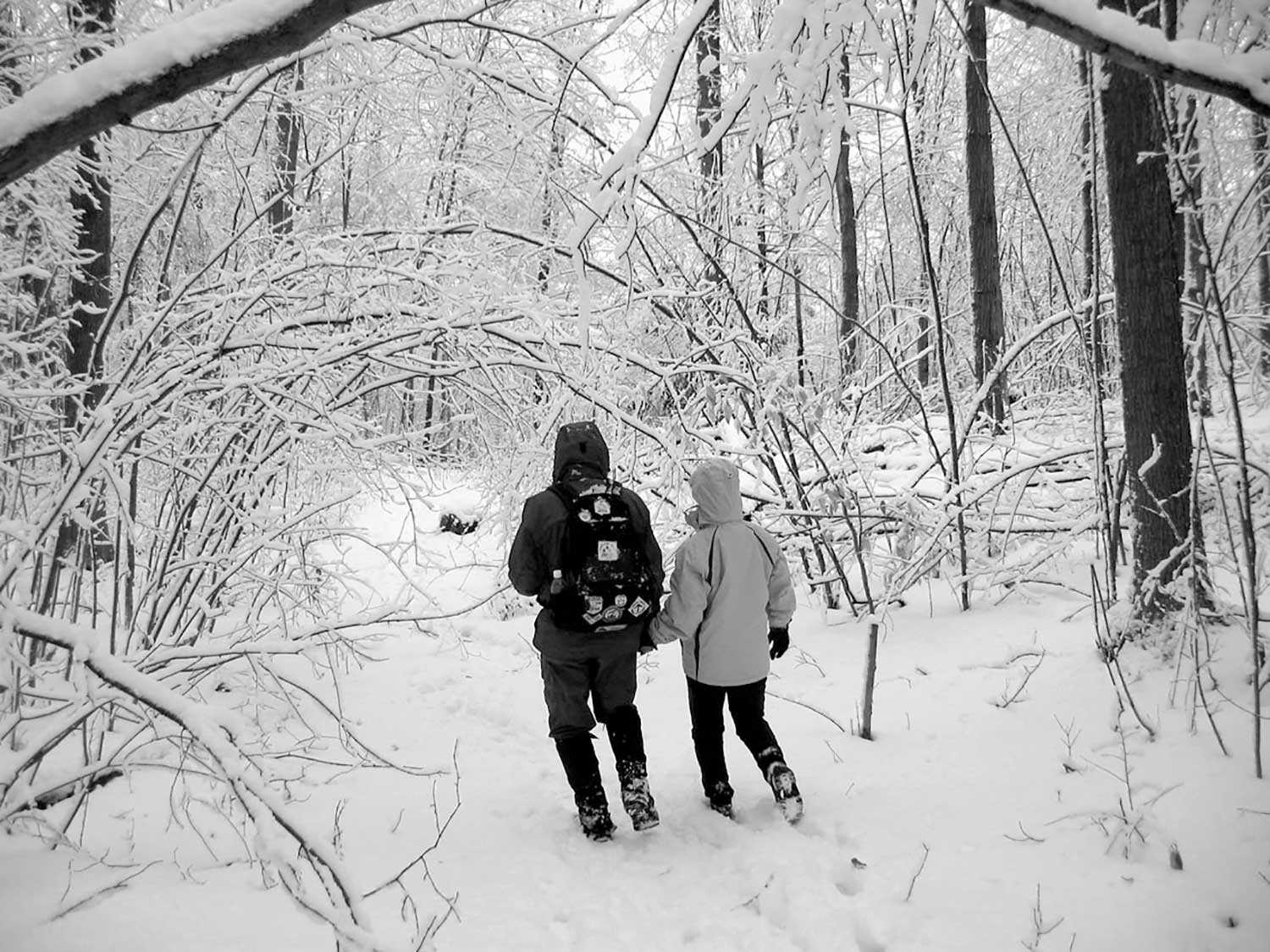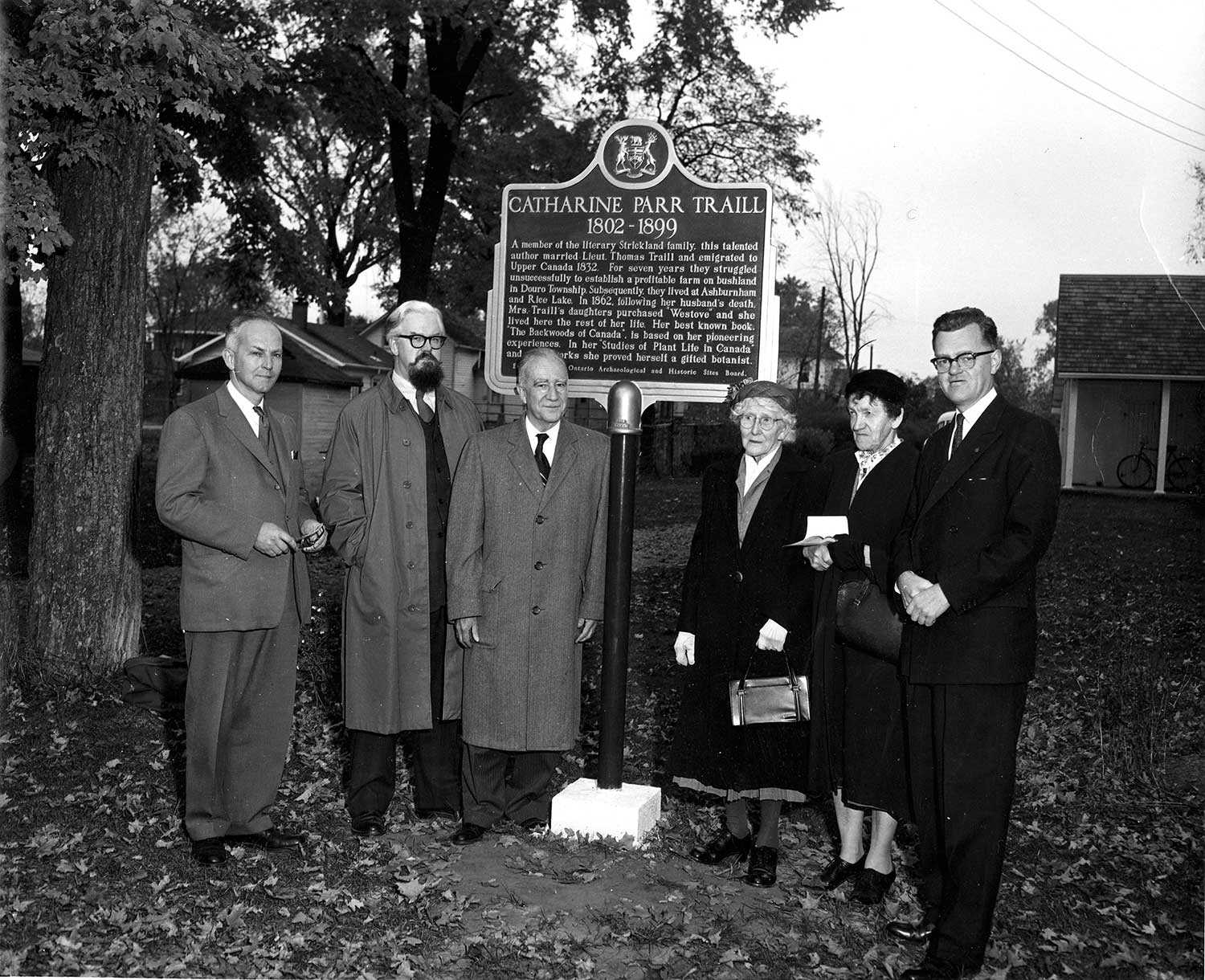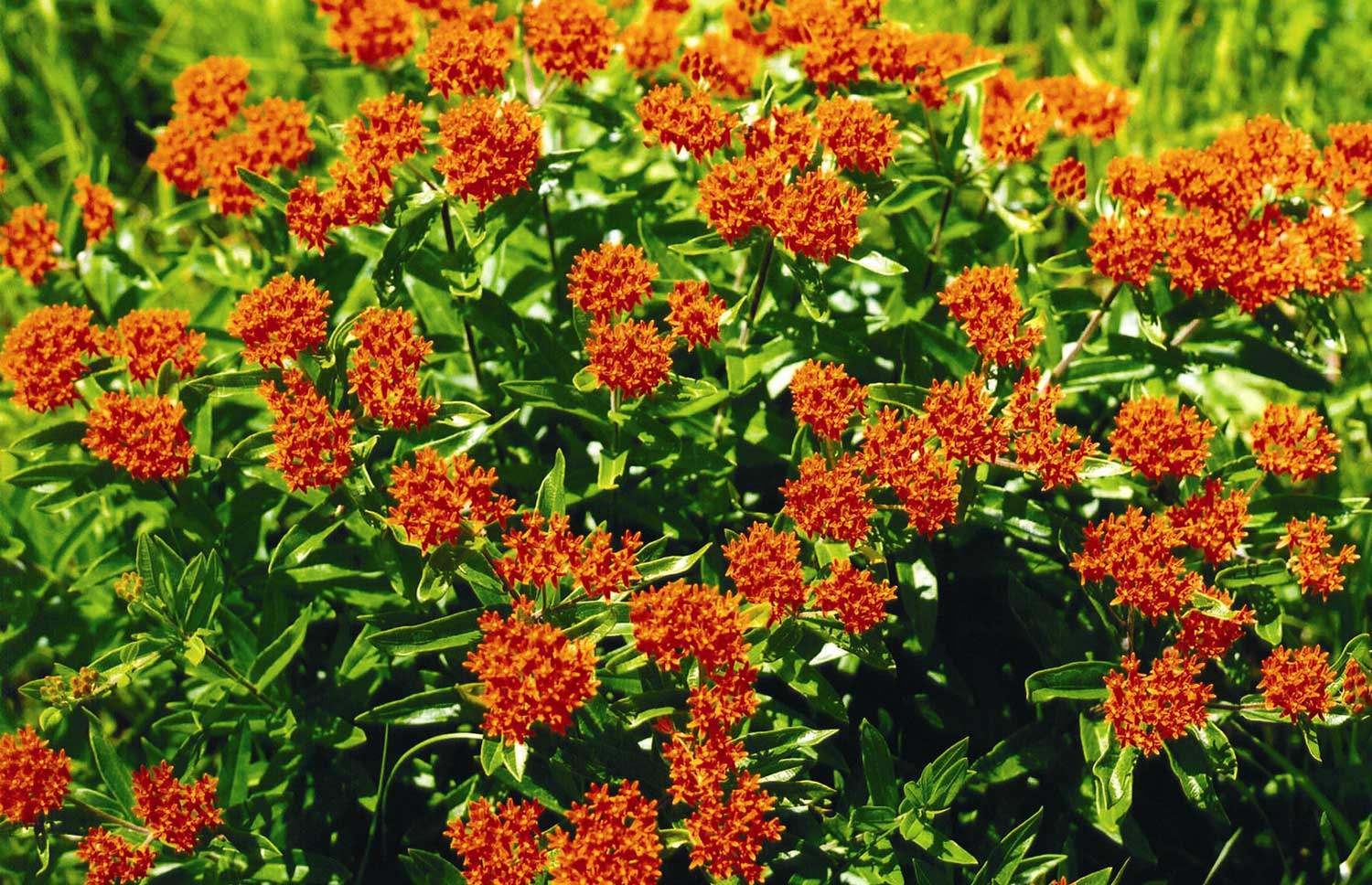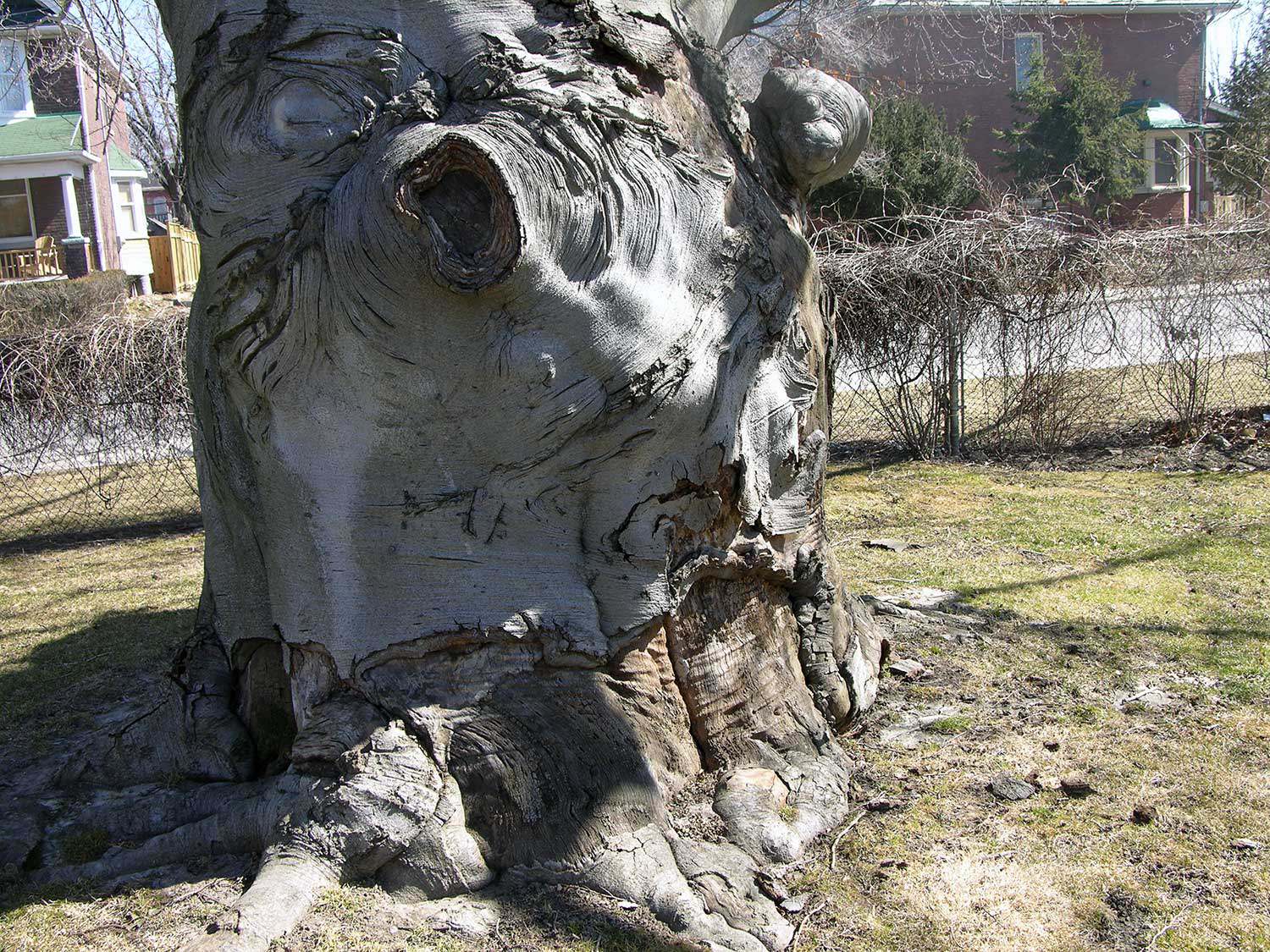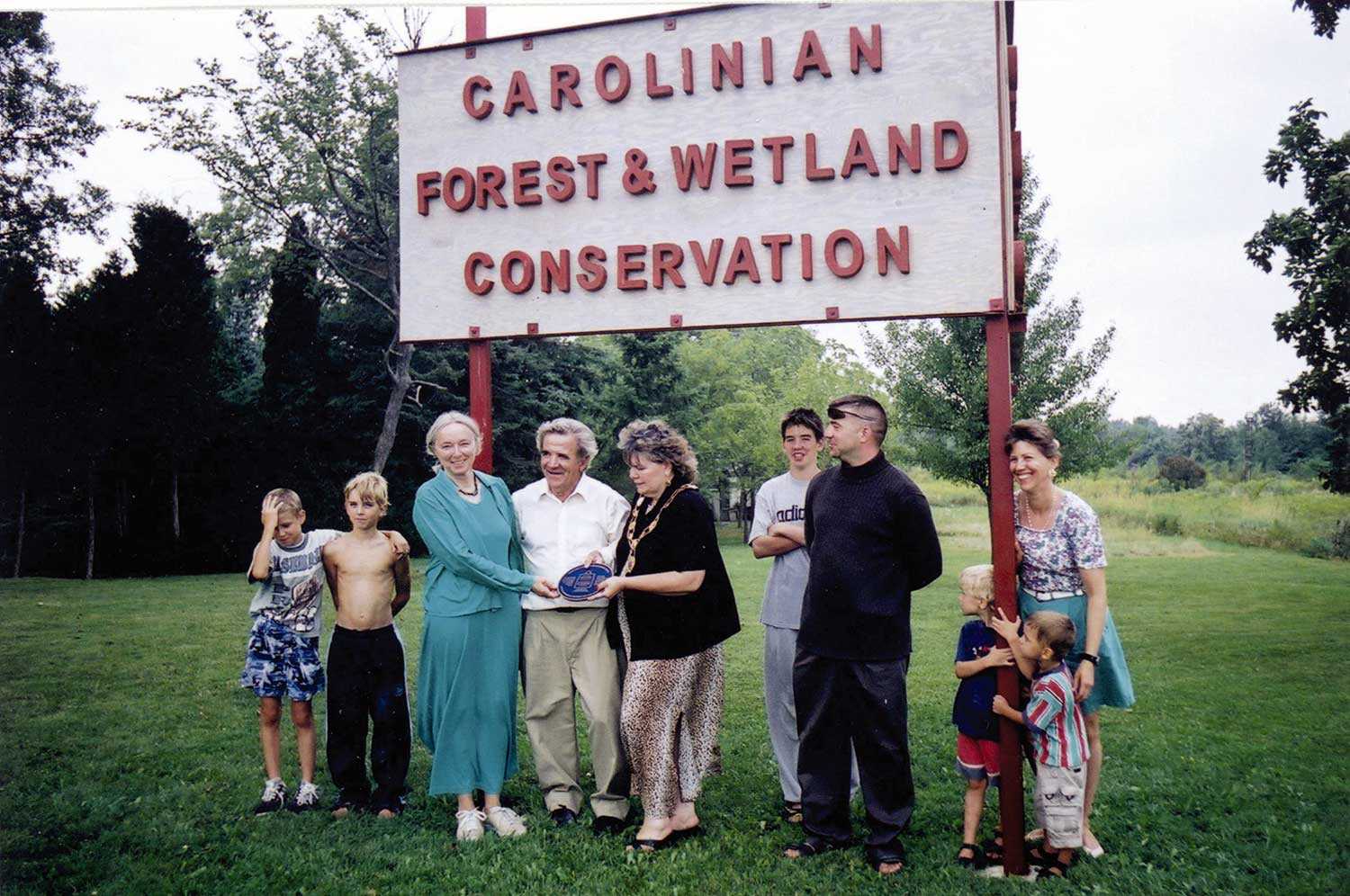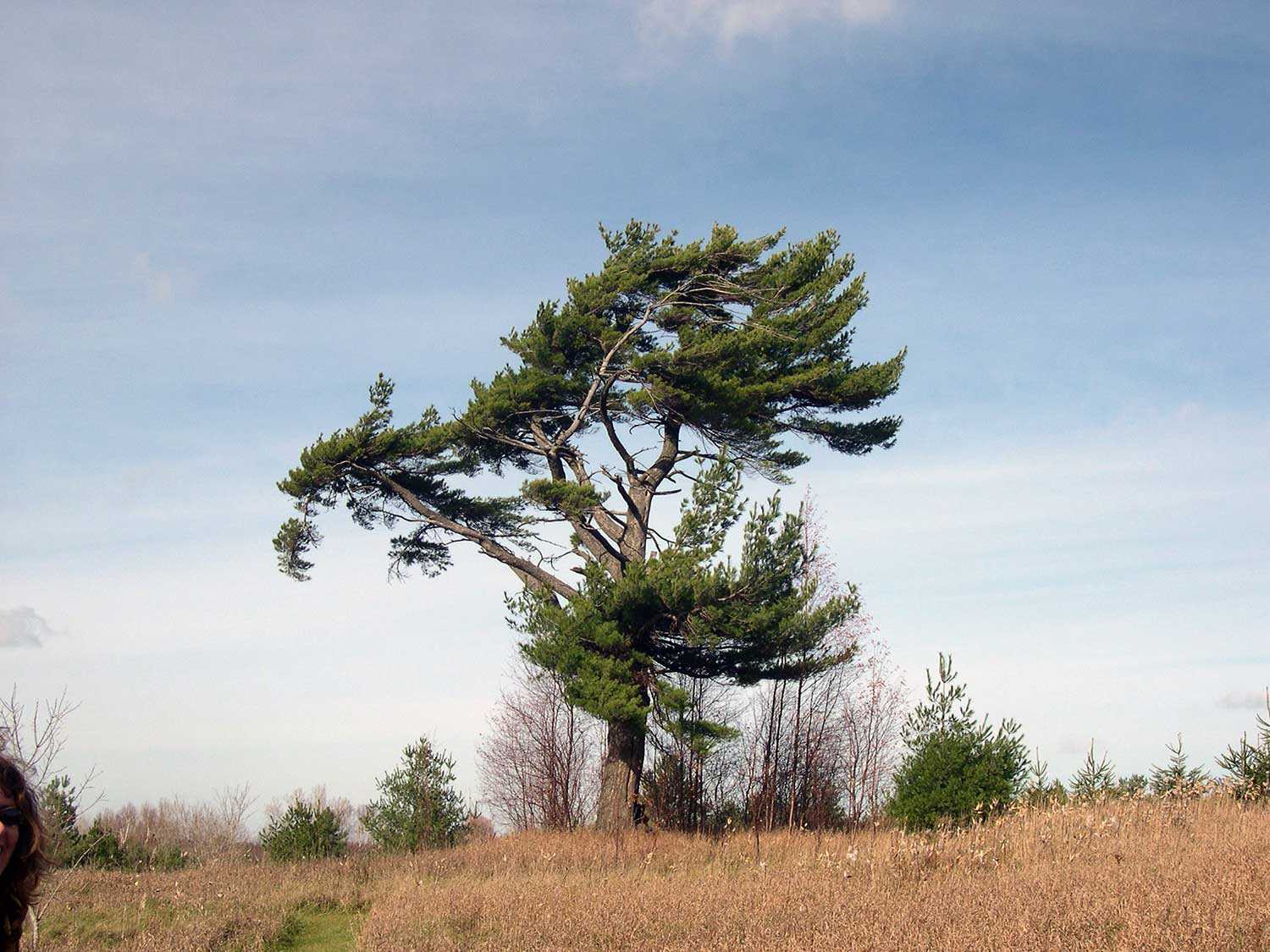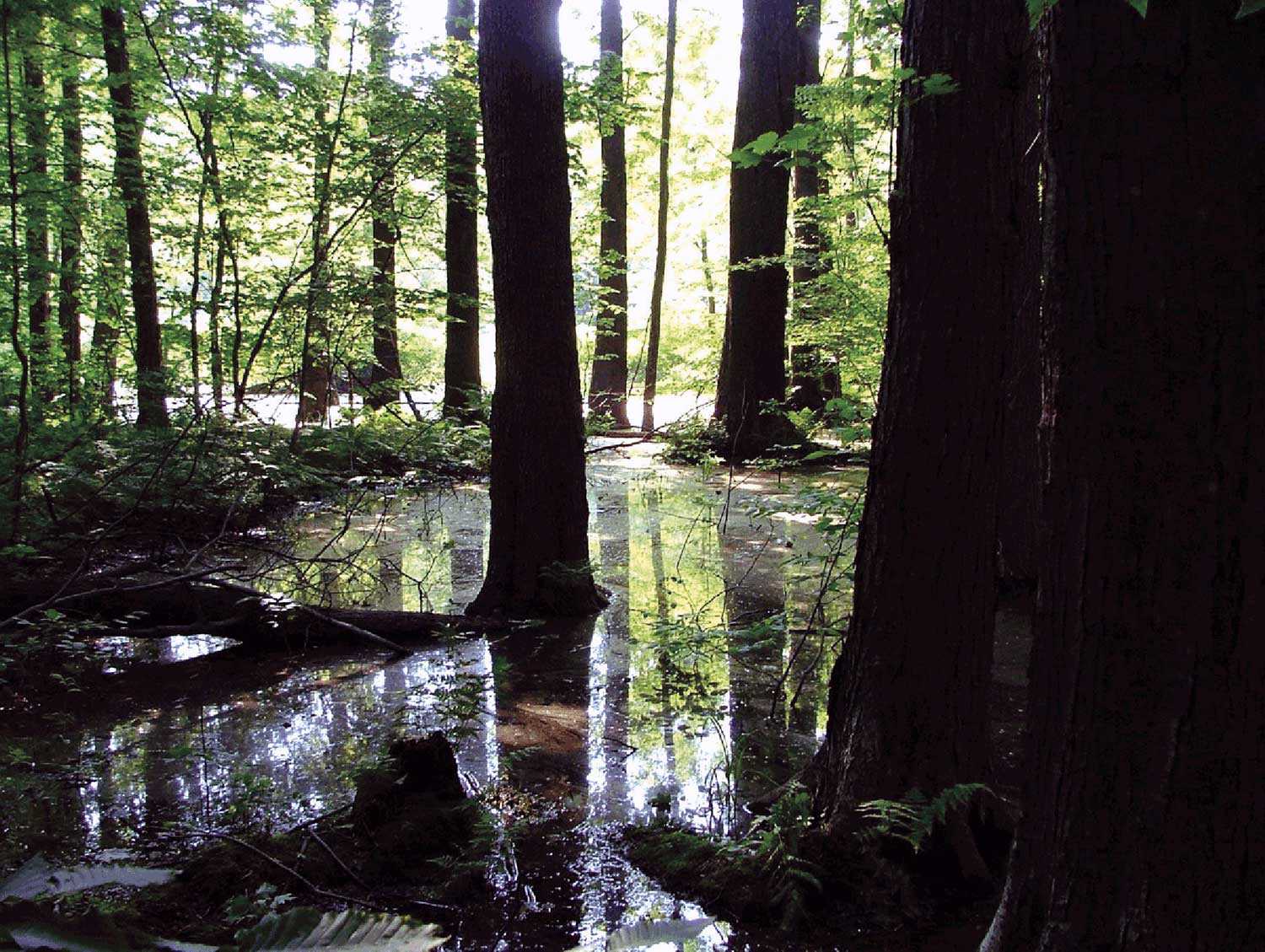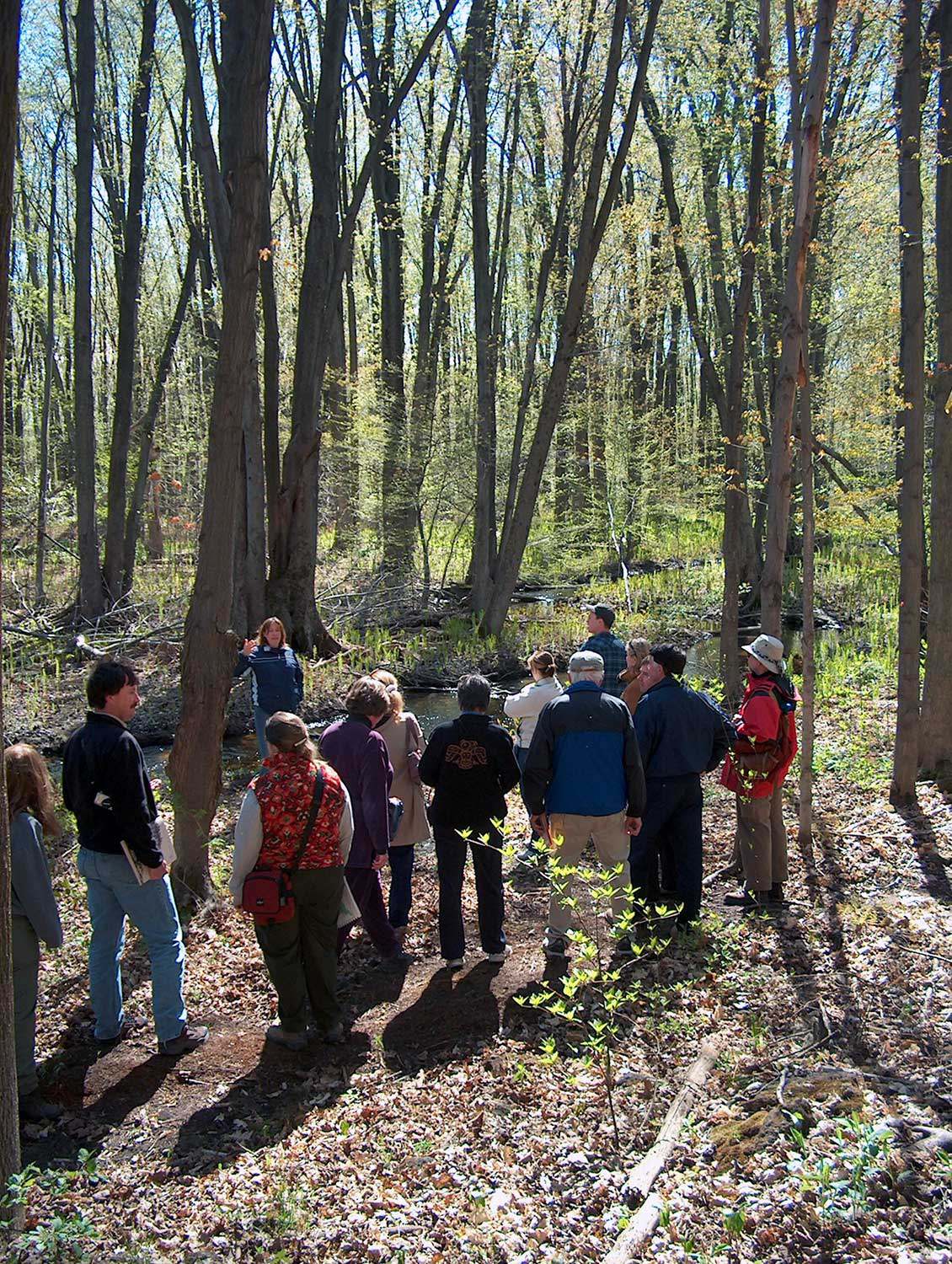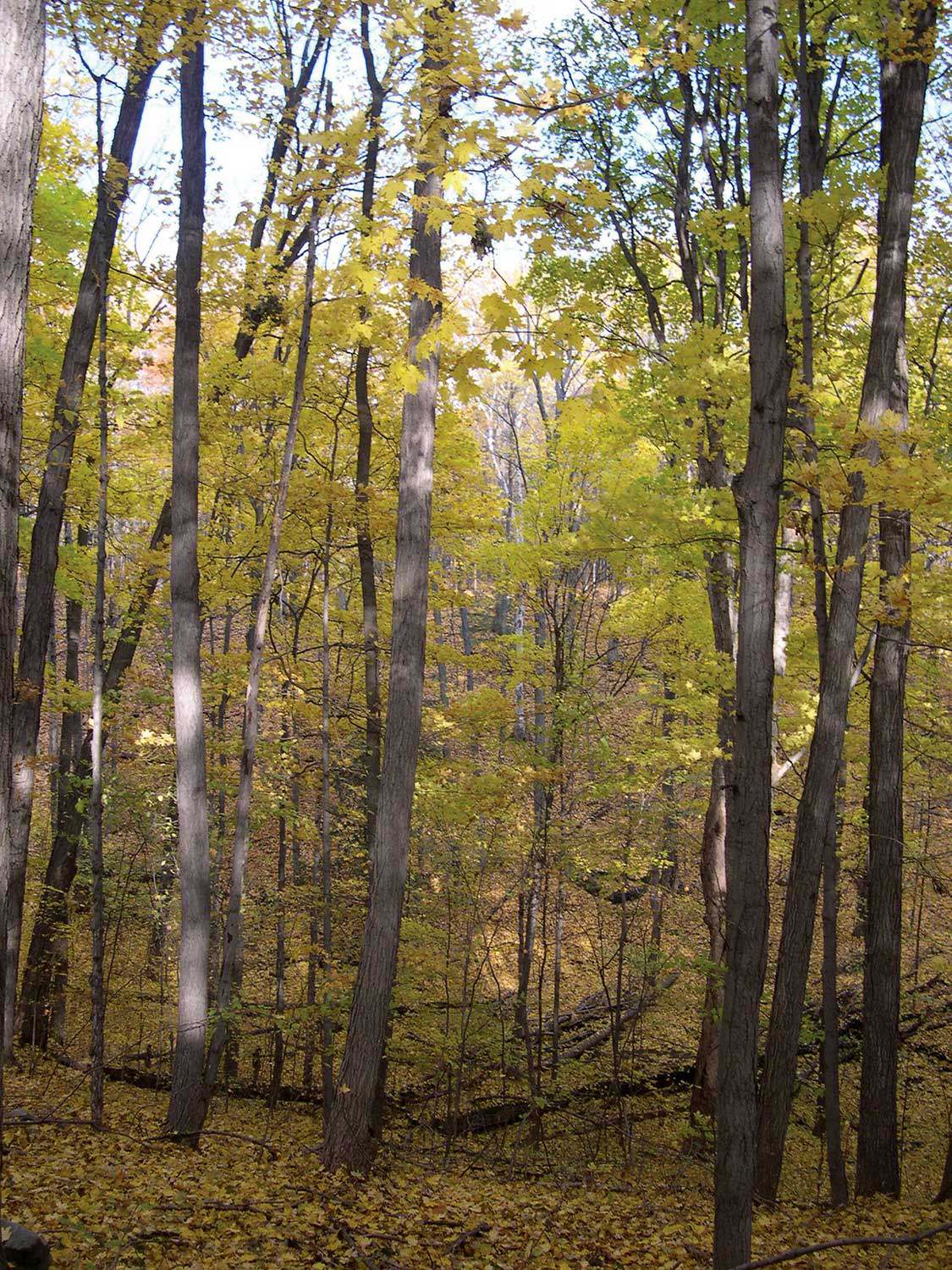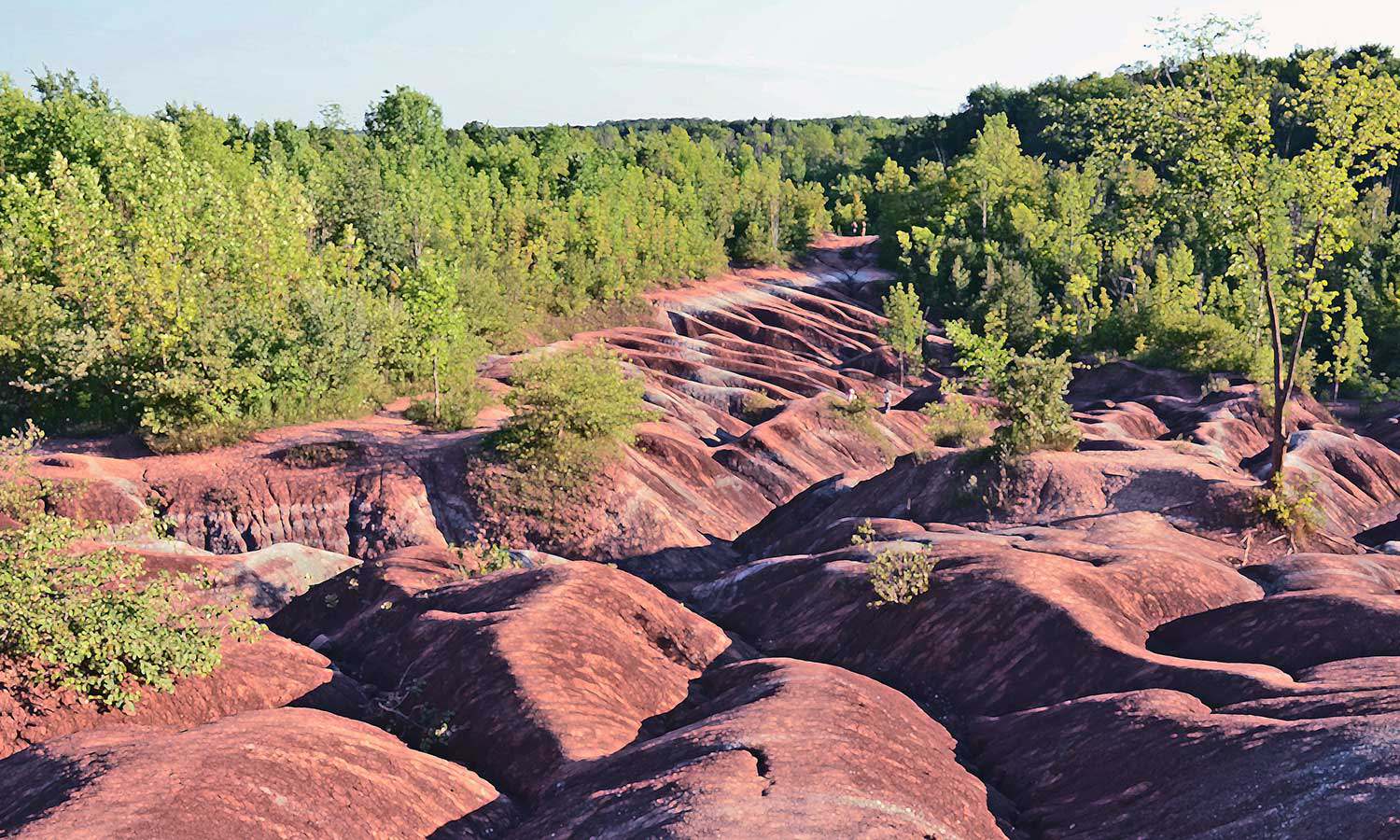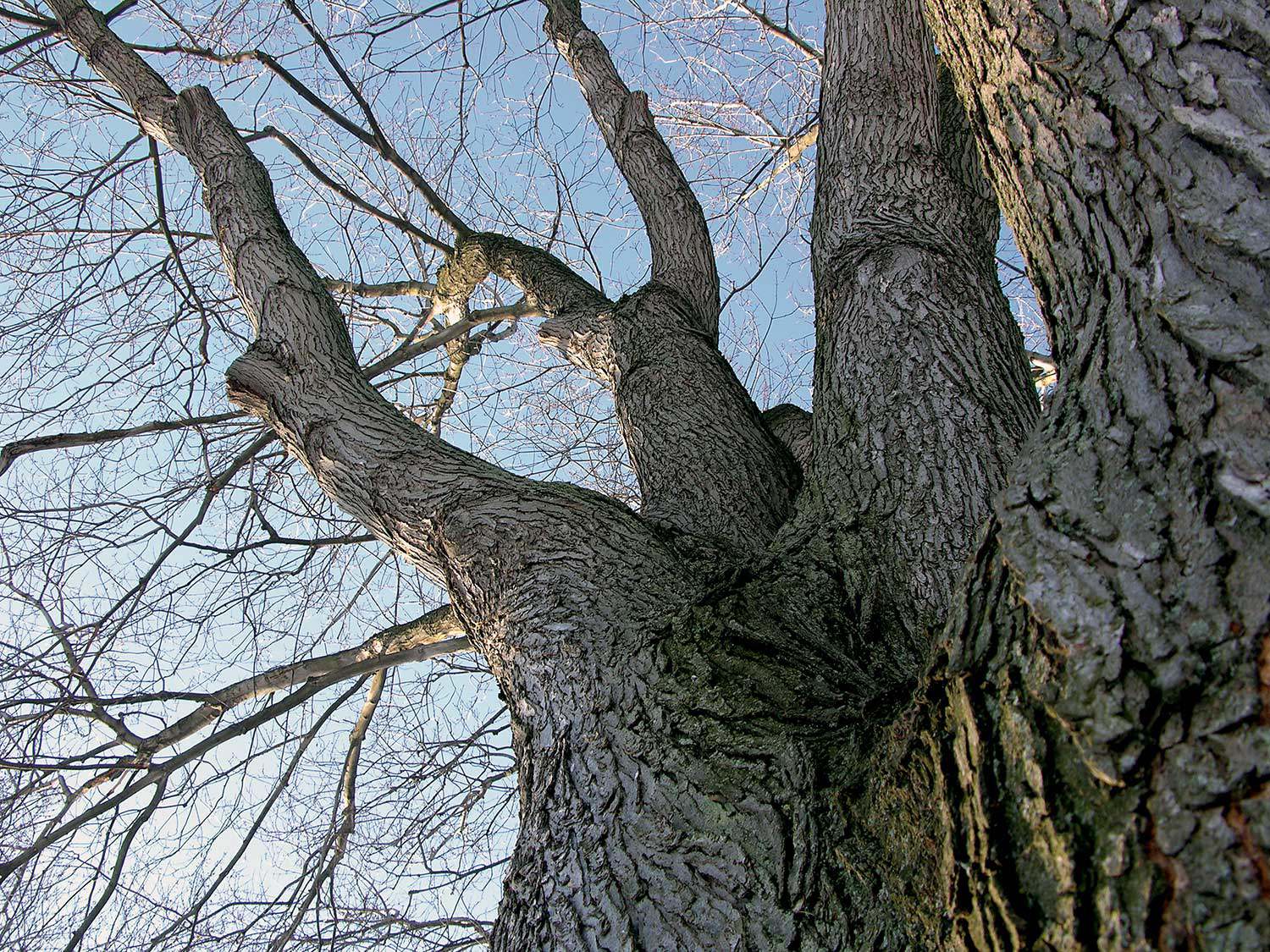

Browse by category
- Adaptive reuse
- Archaeology
- Arts and creativity
- Black heritage
- Buildings and architecture
- Communication
- Community
- Cultural landscapes
- Cultural objects
- Design
- Economics of heritage
- Environment
- Expanding the narrative
- Food
- Francophone heritage
- Indigenous heritage
- Intangible heritage
- Medical heritage
- Military heritage
- MyOntario
- Natural heritage
- Sport heritage
- Tools for conservation
- Women's heritage
Gardening for biodiversity
Many gardeners today are finding enjoyable and educational ways to participate in the promotion and preservation of Ontario’s natural heritage through the creation of habitat-inspired native plant gardens that reflect the province’s rich biodiversity.
Looking to natural landscapes for inspiration, contemporary gardeners are creating beautiful meadow, prairie, woodland and wetland gardens based on the dynamic ecosystems that have shaped the province’s natural heritage for thousands of years. Also called ecological or naturalized gardening, native planting preserves natural heritage knowledge and promotes an environmentally conscious approach to gardening through the application of ecological principles.
A true gardener’s delight, native plants are both esthetically pleasing and low maintenance – providing an array of colours, heights and textures throughout the year. Pest- and disease-resistant, winter- and drought-hardy, these native plant gardens offer an alternative to high-maintenance and environmentally straining lawns and cultivated exotic gardens. Once established, native plants thrive without watering, fertilizers or herbicides. Growing these species improves biodiversity and enhances the local seed source. Native plants also attract a variety of birds, butterflies and other wildlife that depend on native species for food and shelter.
In Ontario, native plants are species that have inhabited a particular region prior to European settlement. The province’s approximately 1,900 native plants have evolved over time in tune with rainfall patterns, soil conditions, climate and wildlife. Non-native plant species, brought from other parts of the world, have threatened our biodiversity. Also called exotics, aliens, invasives and weeds, non-native species spread rapidly – often competing with native species and altering the composition of natural communities.
Anyone can include native plants in their landscaping, from a small backyard wildflower garden in an urban setting, to a large-scale butterfly meadow in a rural community. To begin your project, sketch a map of the planting site to identify topographical features, existing trees, areas of shade and sun, and sources of water. It is also important to determine the soil type to establish which native plants are best suited to your site. Many native species, for instance, thrive in the poor sandy or clay soils found in most urban backyards. After identifying the characteristics of your site, you can determine the most appropriate natural heritage theme for your garden.
Choose species that grow together in the wild; mimic the composition of natural communities. Combine a variety of species that bloom at varying periods of the growing season. Also consider including plants that are becoming increasingly rare in the wild. It is important to check the source of your plants - only use plants that are native to your particular region of Ontario and never purchase plants that have been removed from the wild.
Gardeners collectively nurture thousands of acres across the province and play a significant role in the protection of our natural heritage. People connect more with nature through gardening than any other activity. By creating a native plant garden, you can help restore a diminishing heritage link while making a sound environmental contribution to your community.

